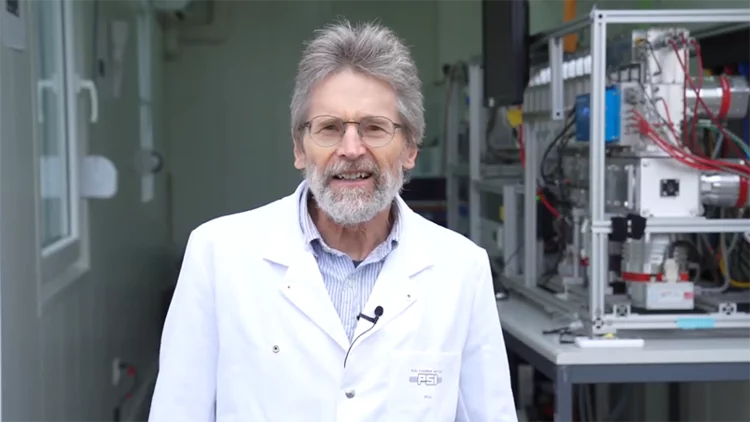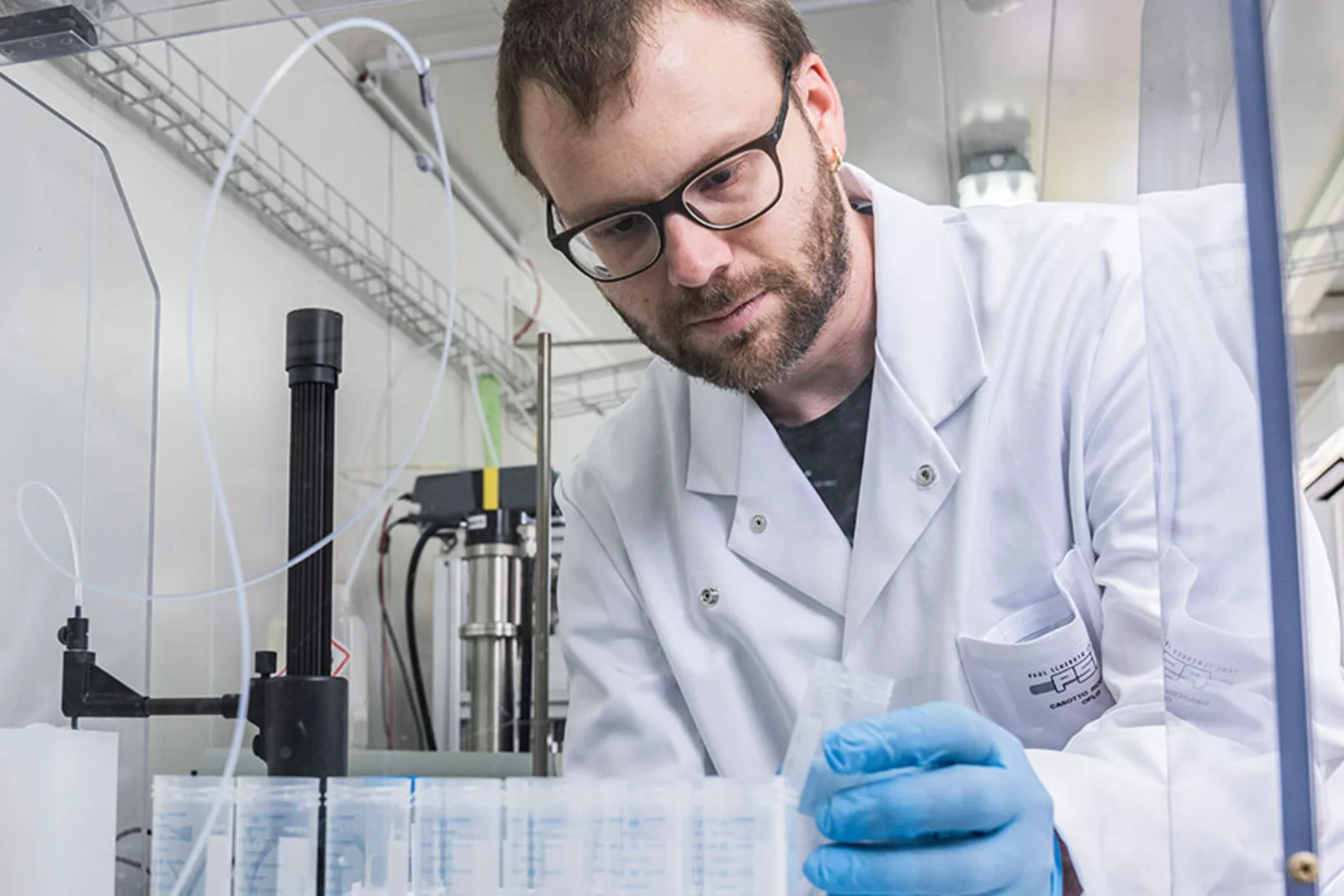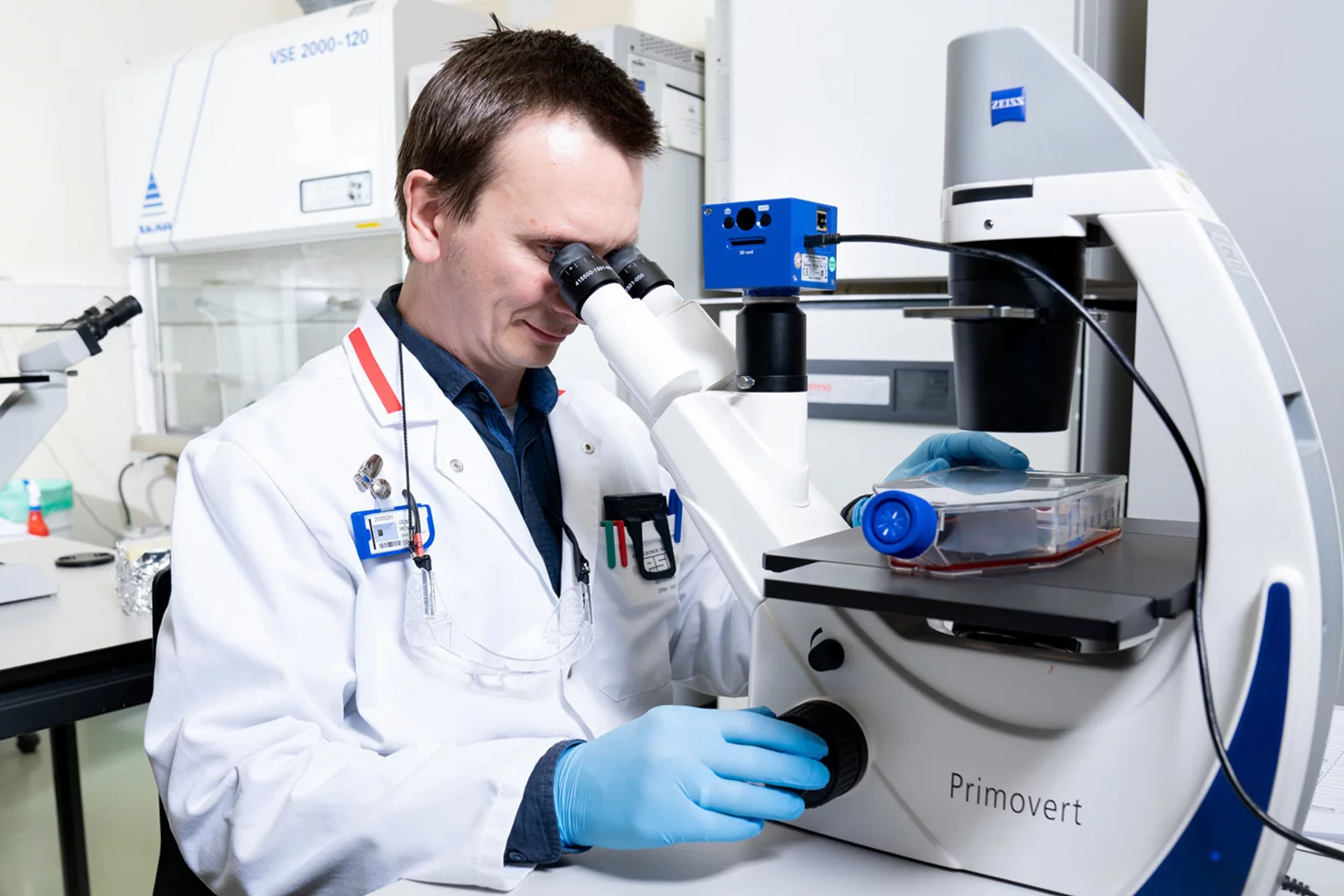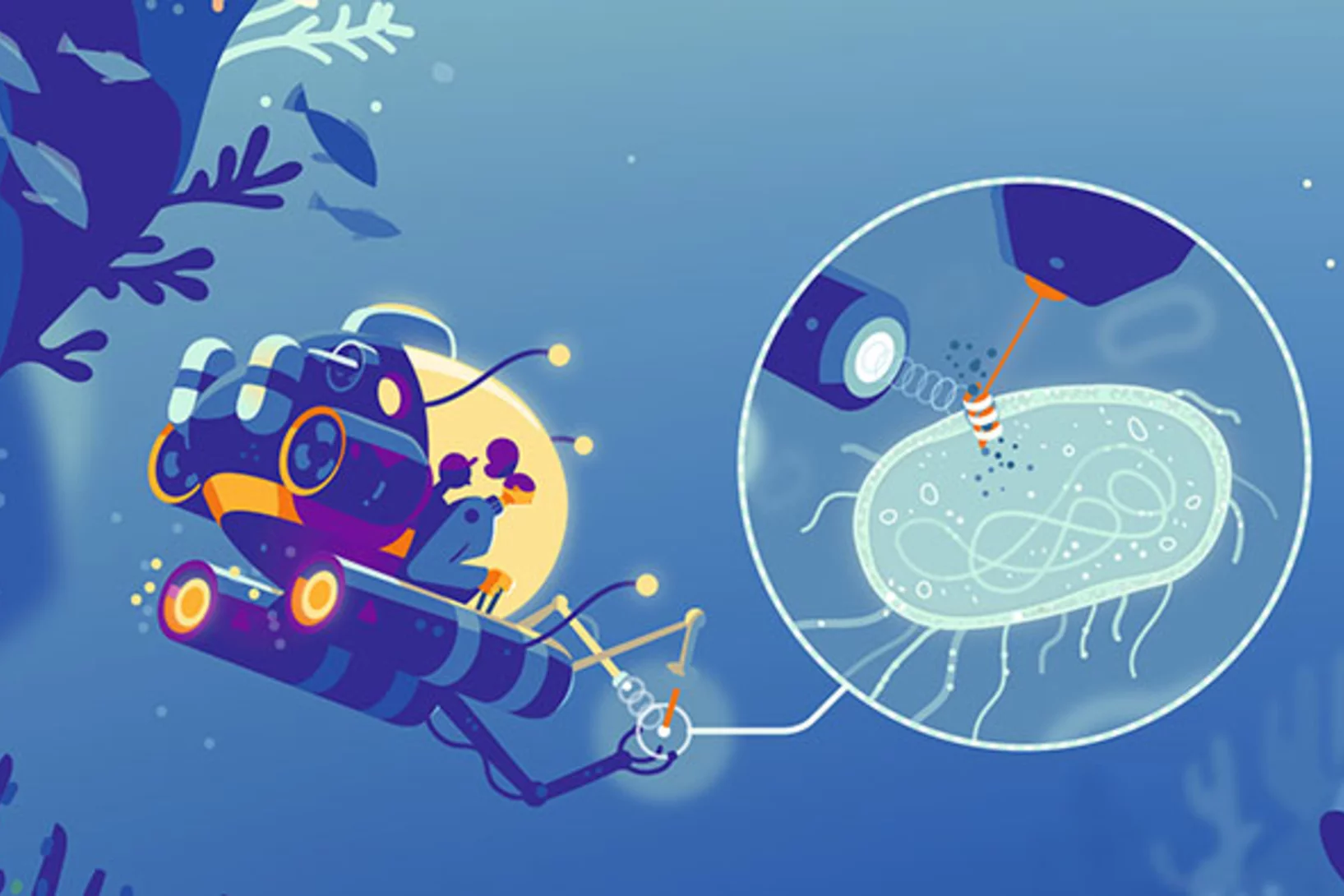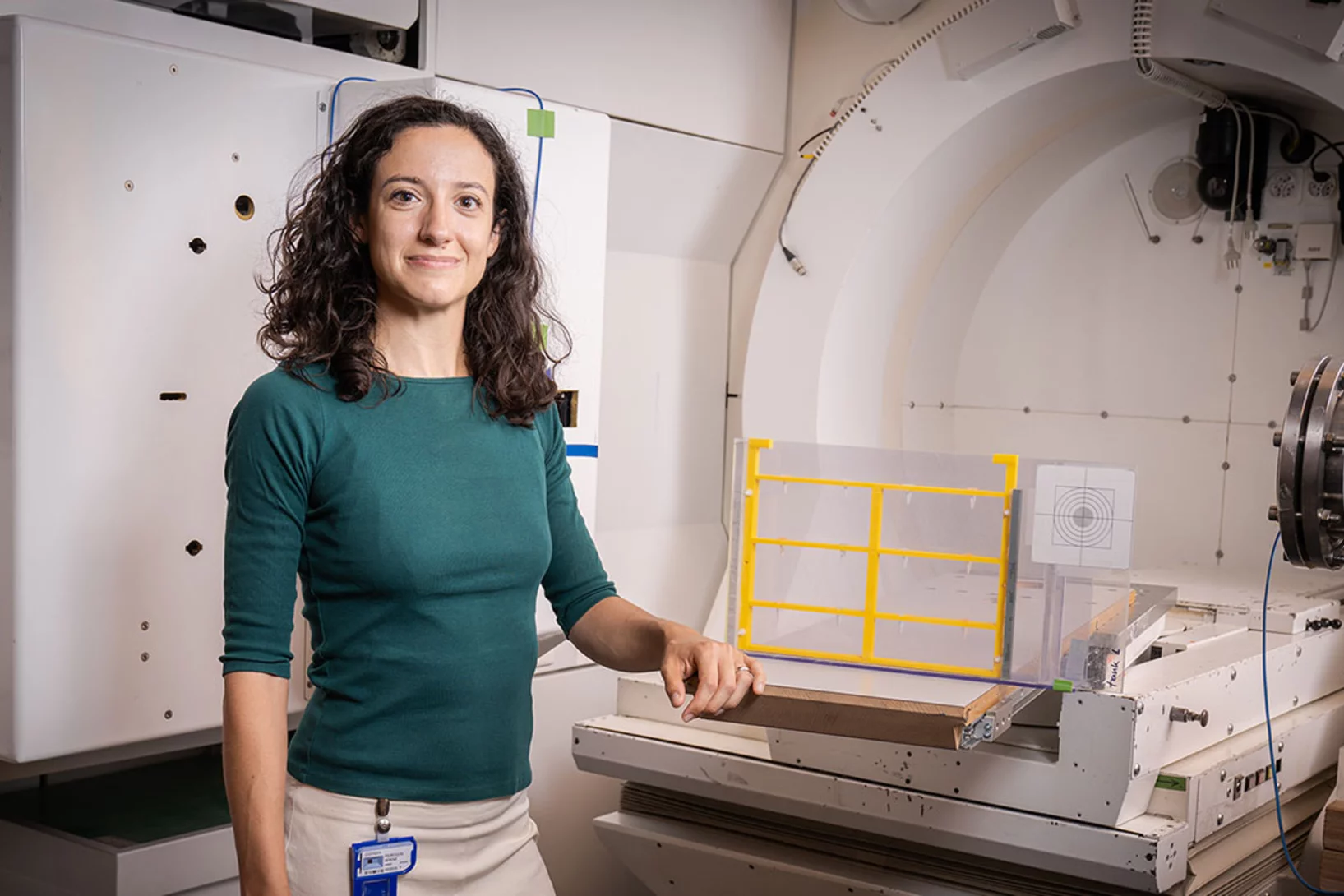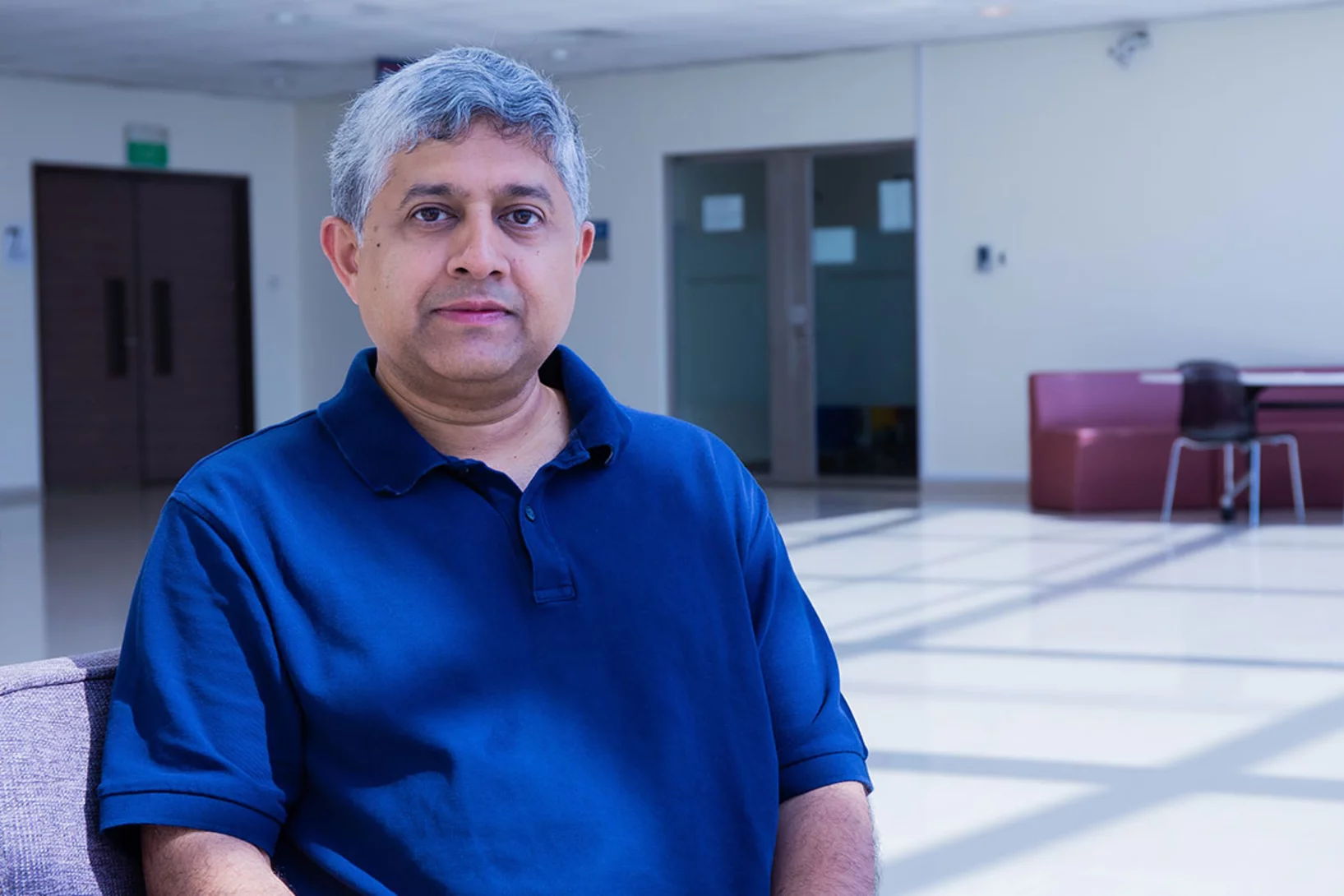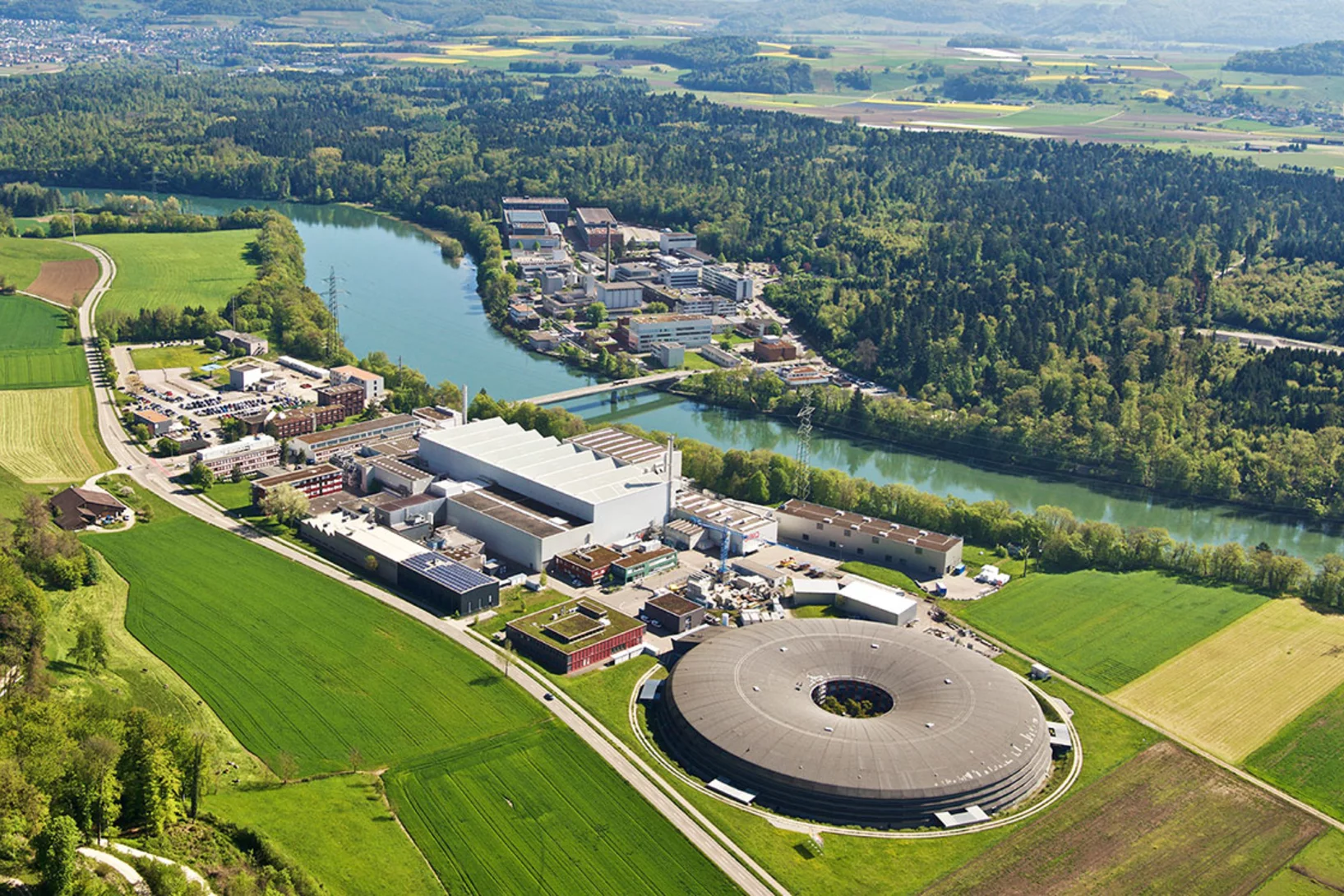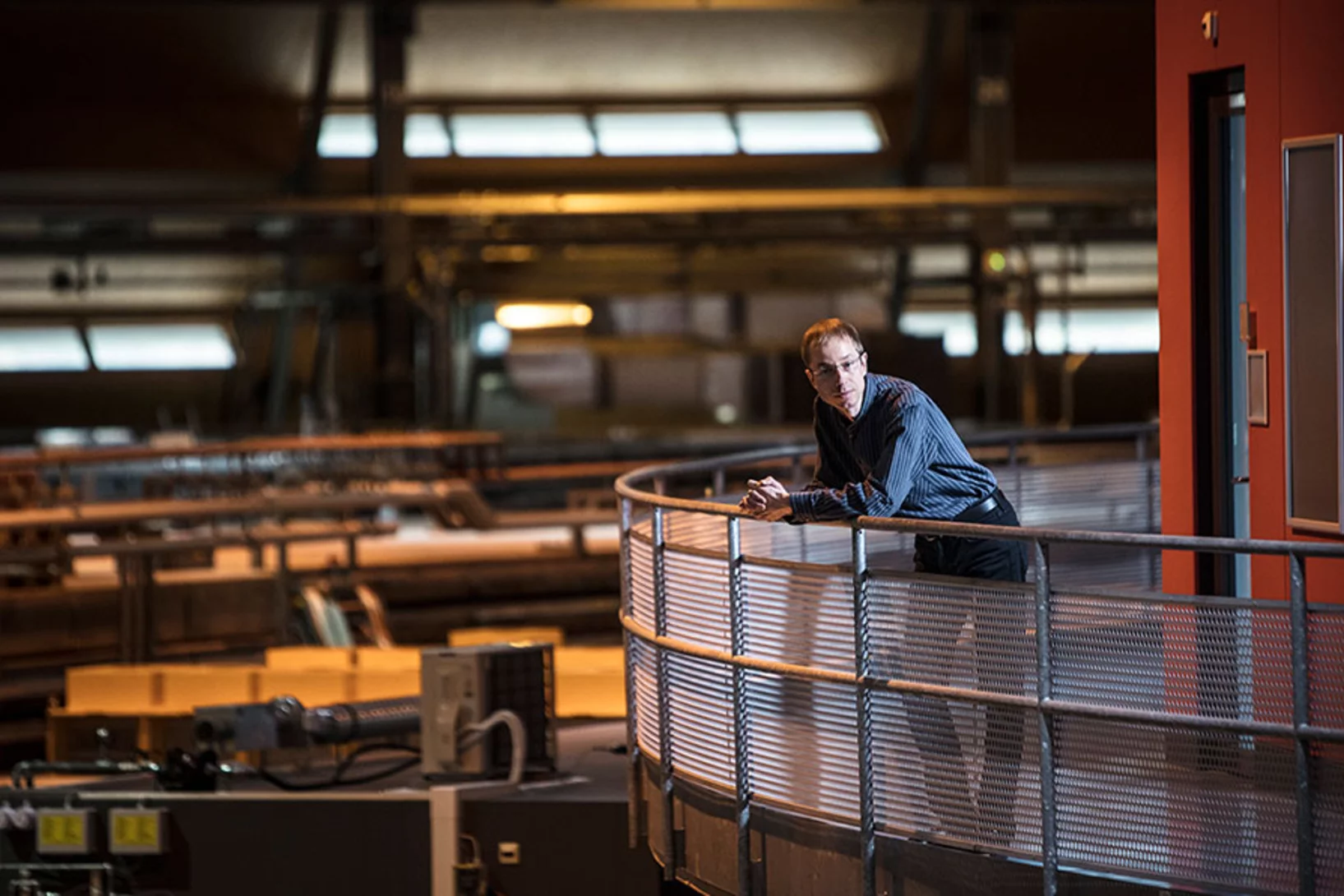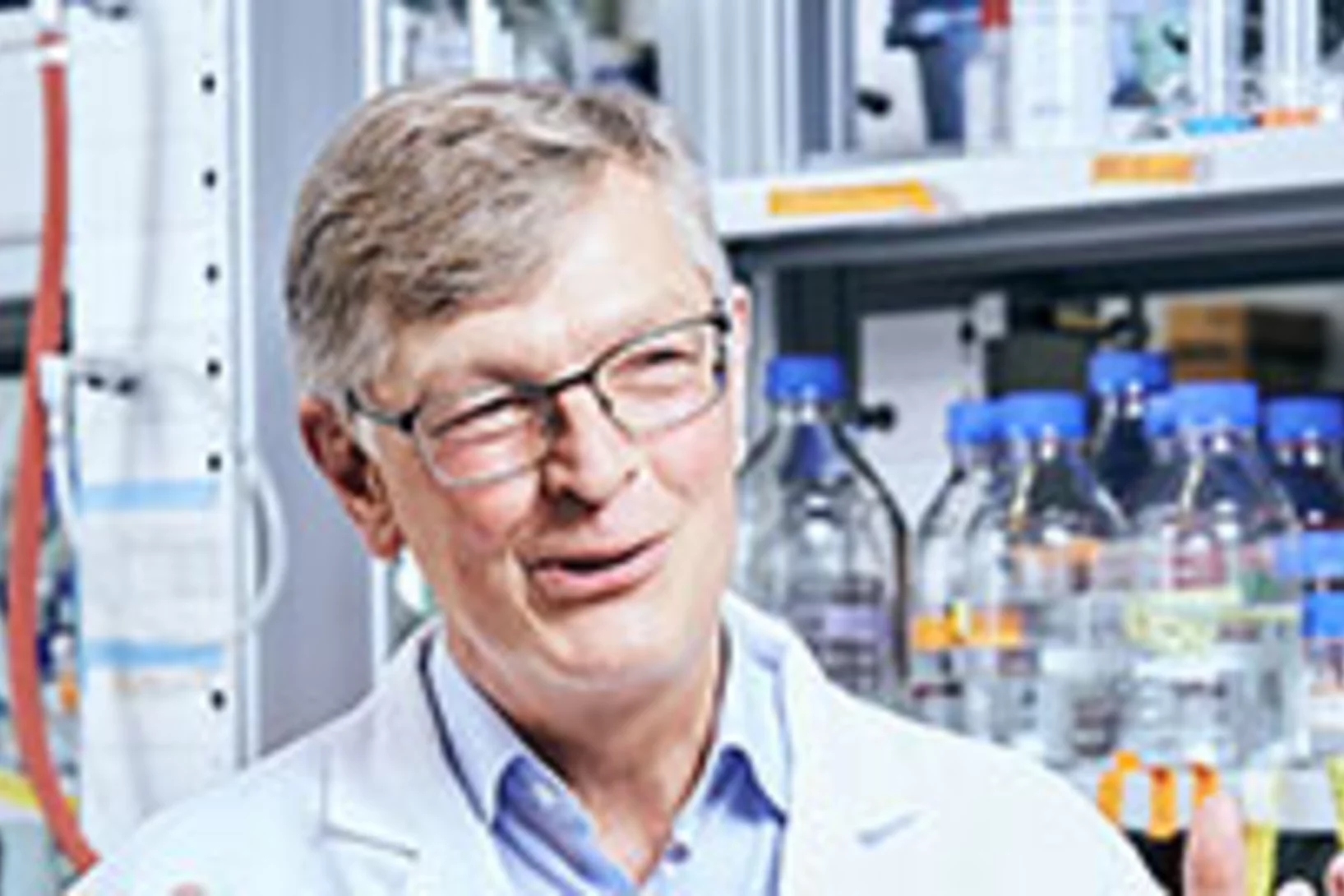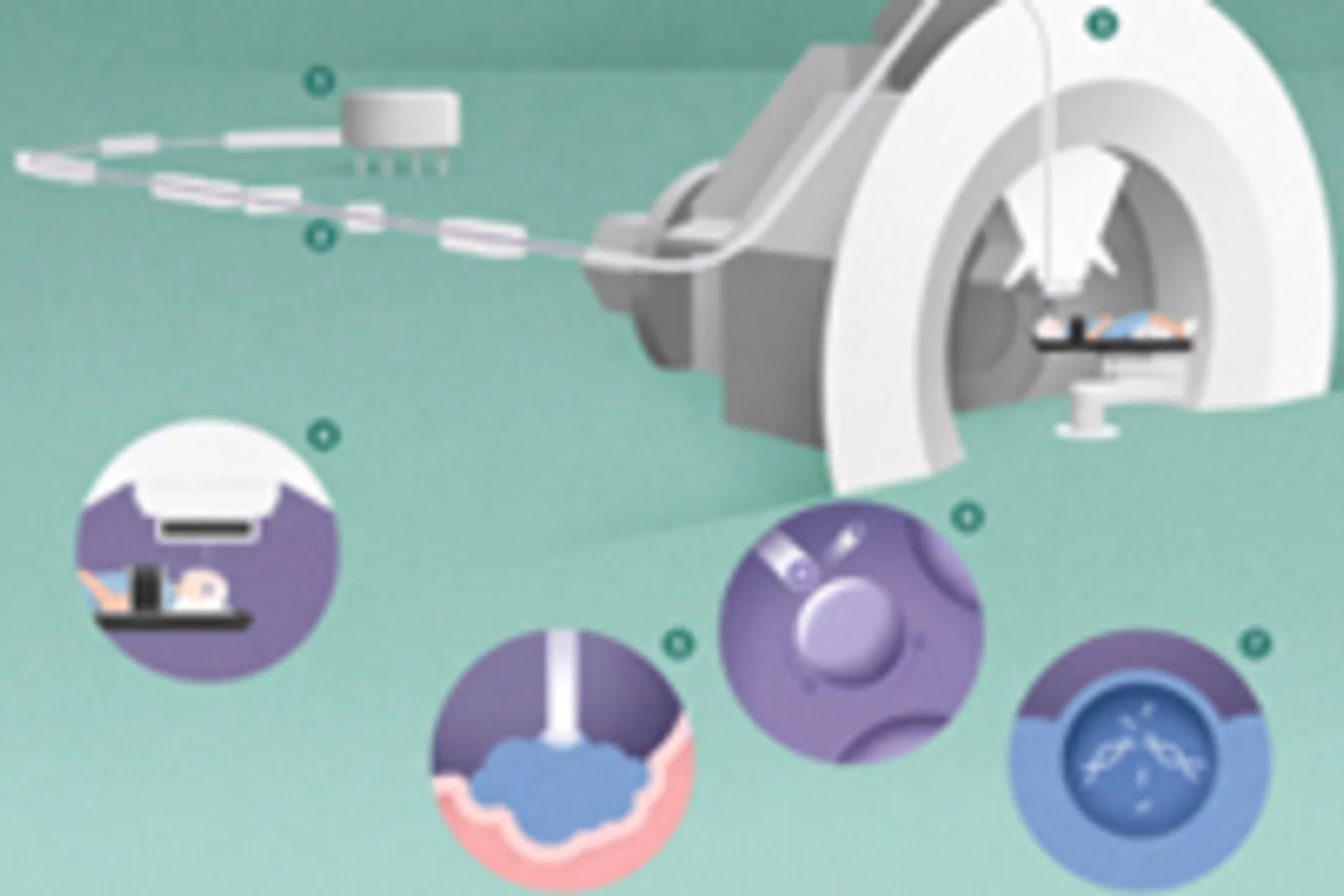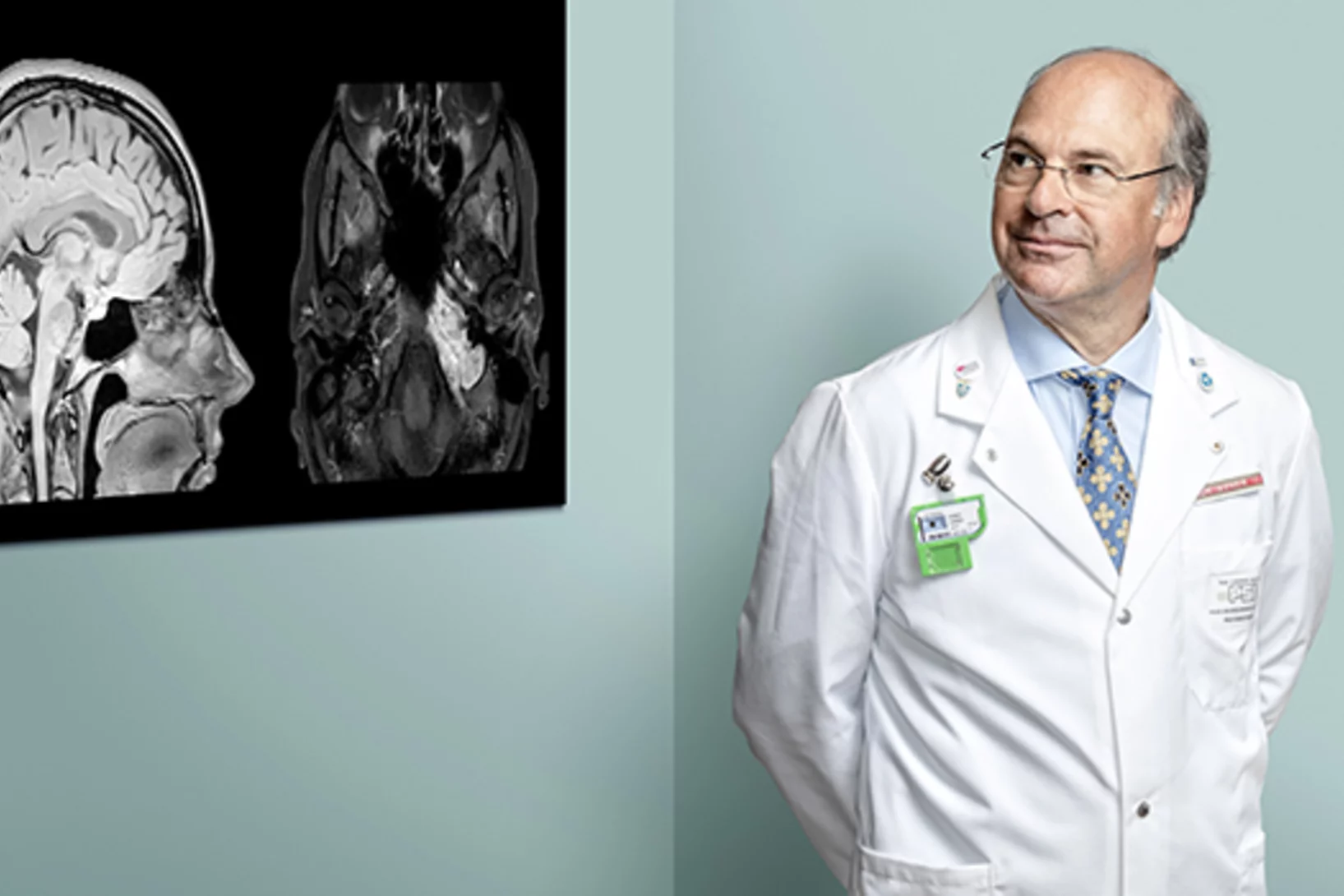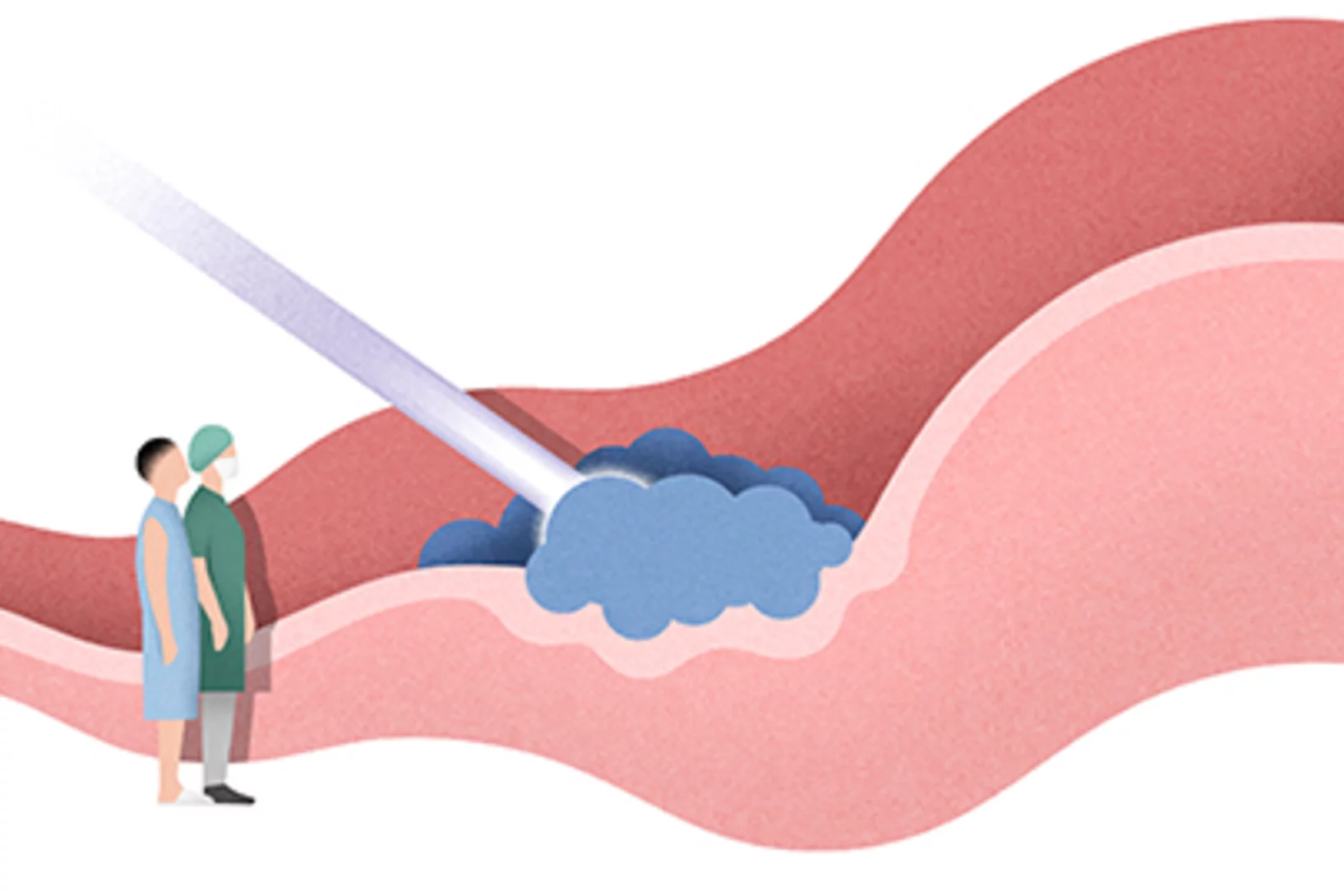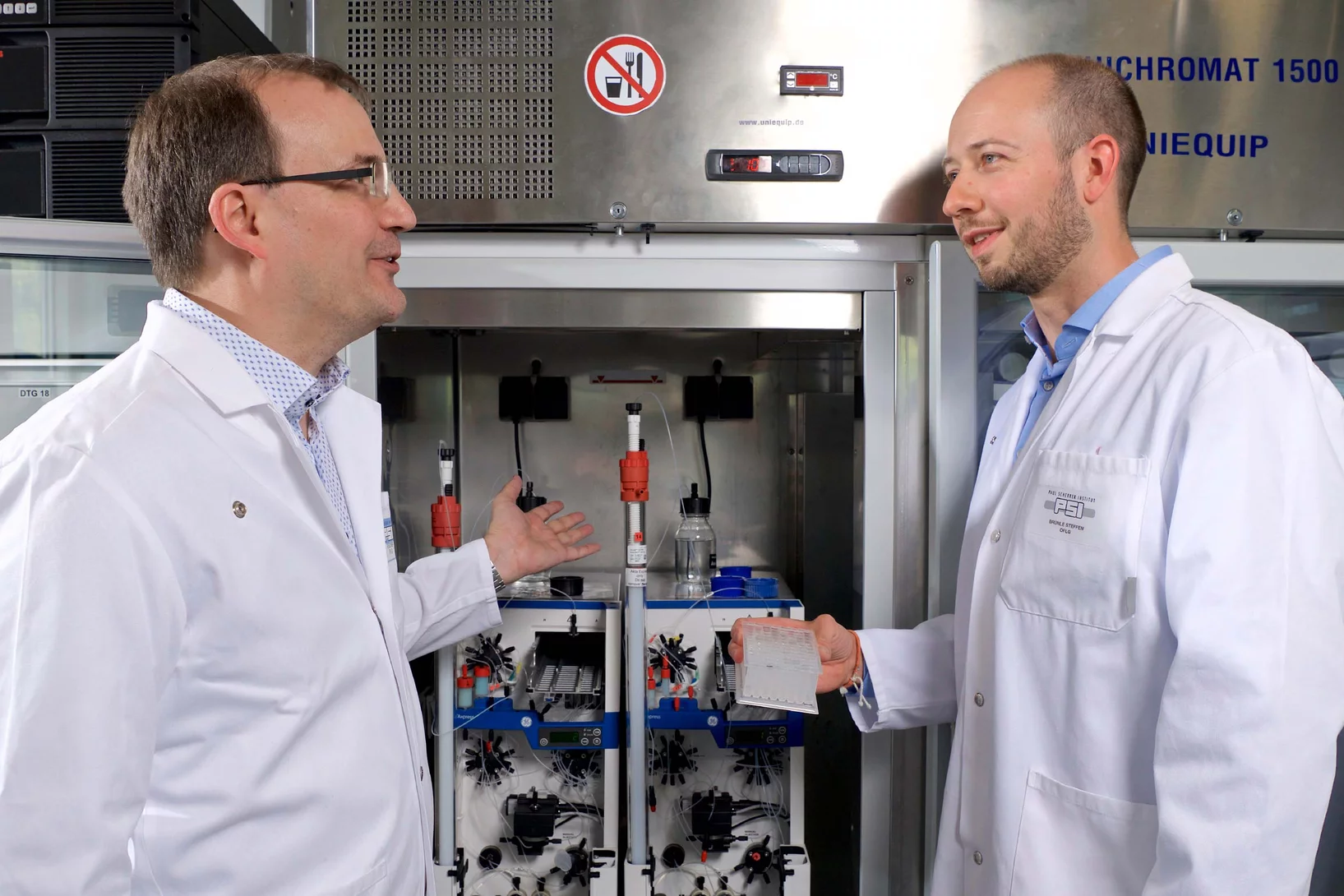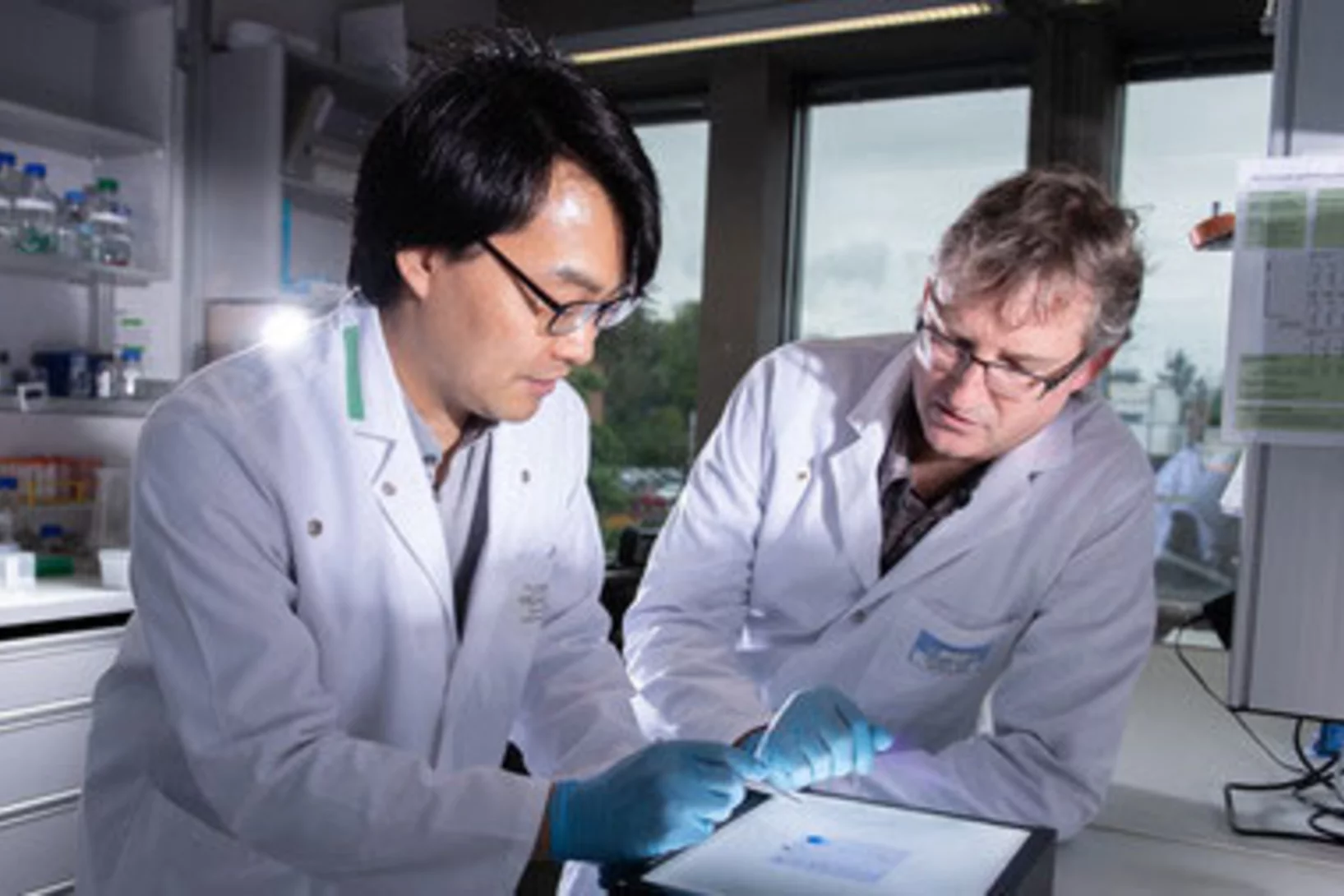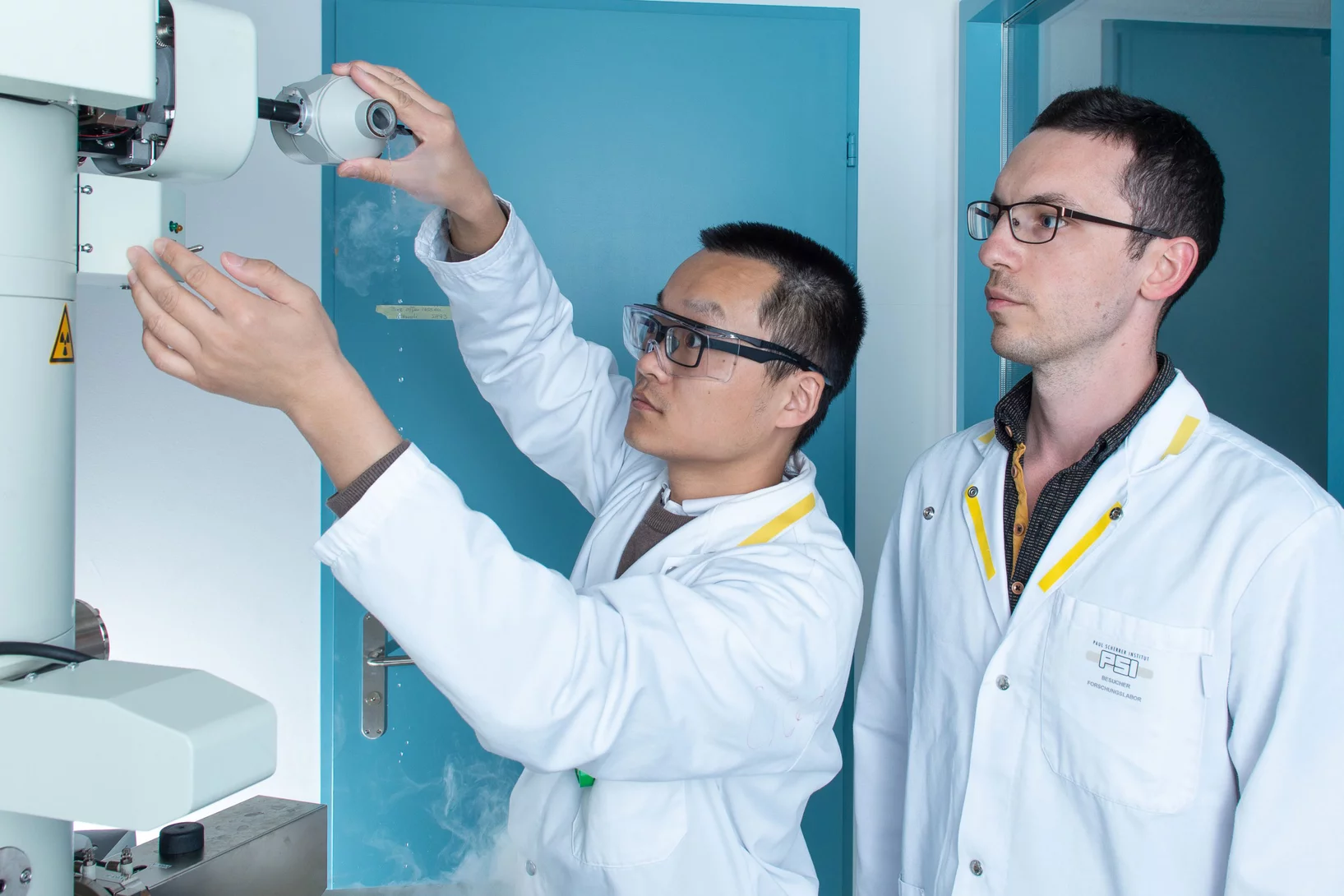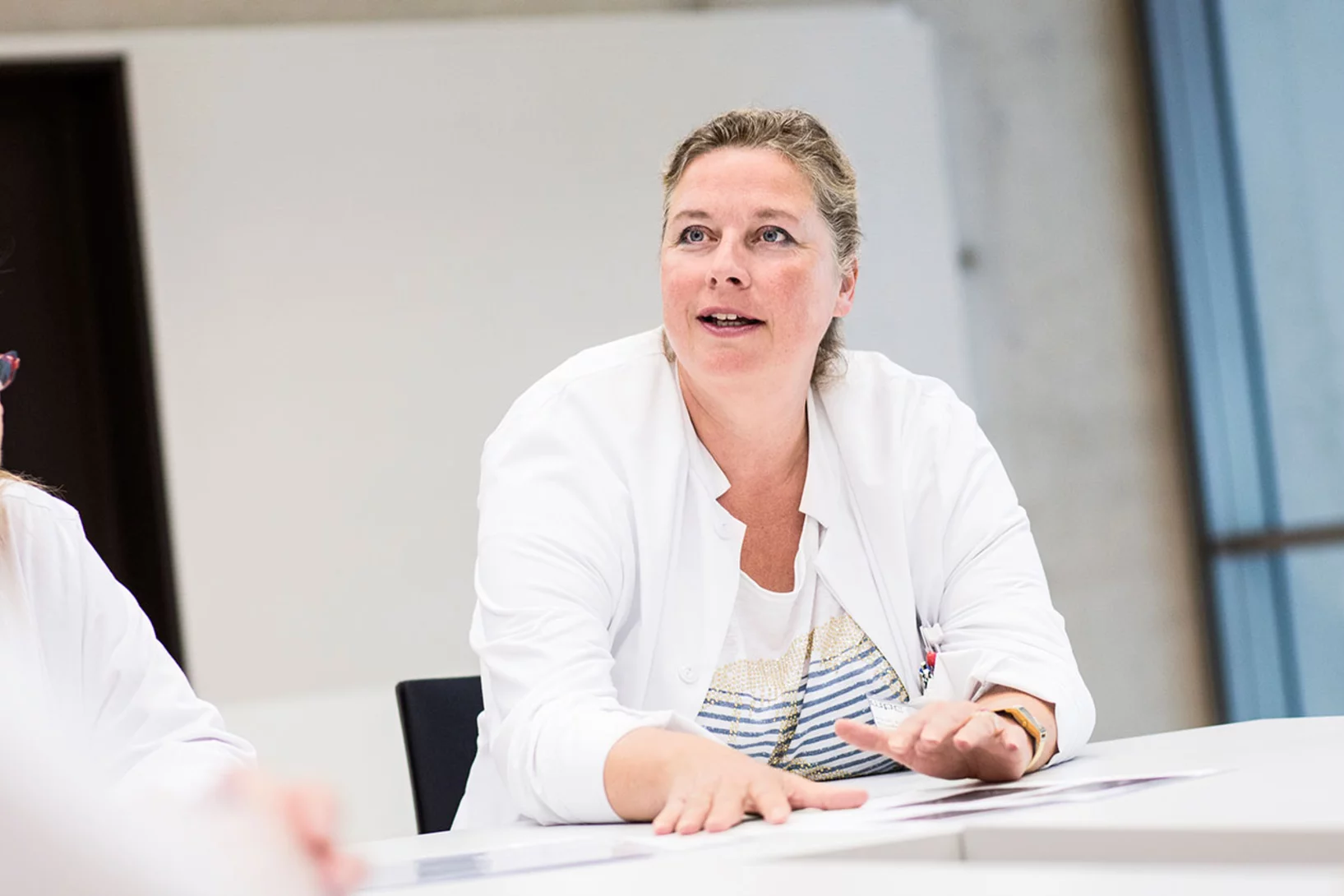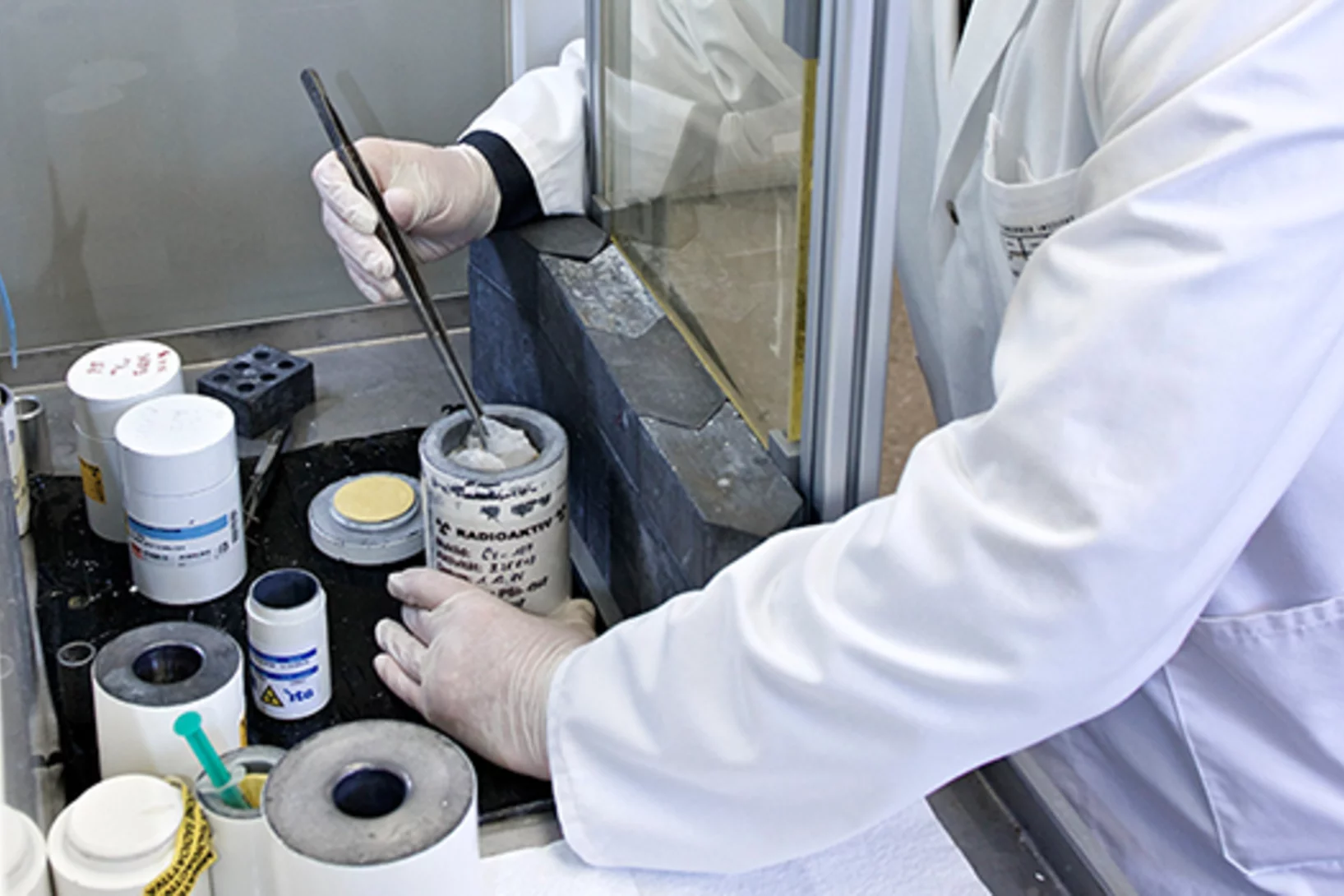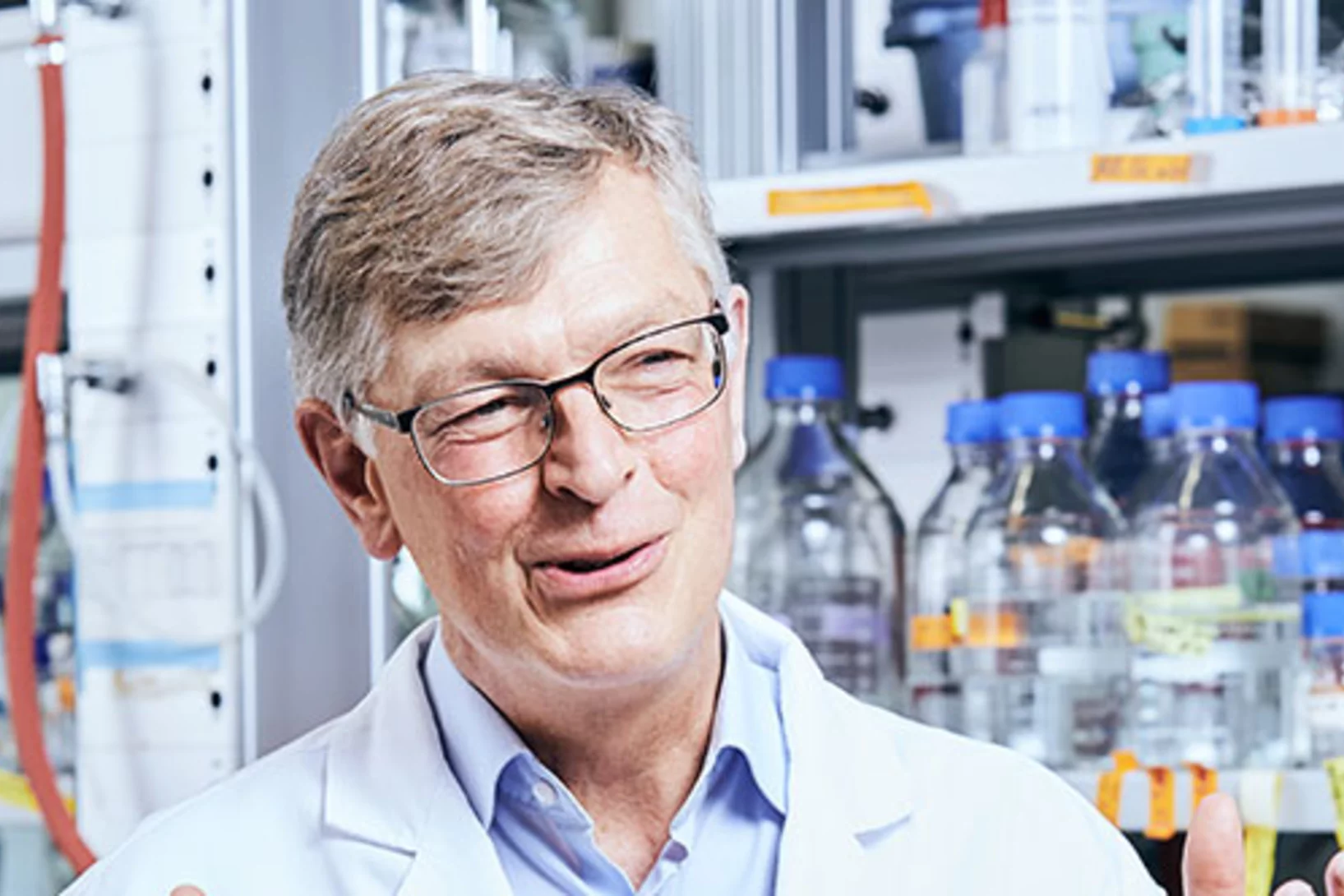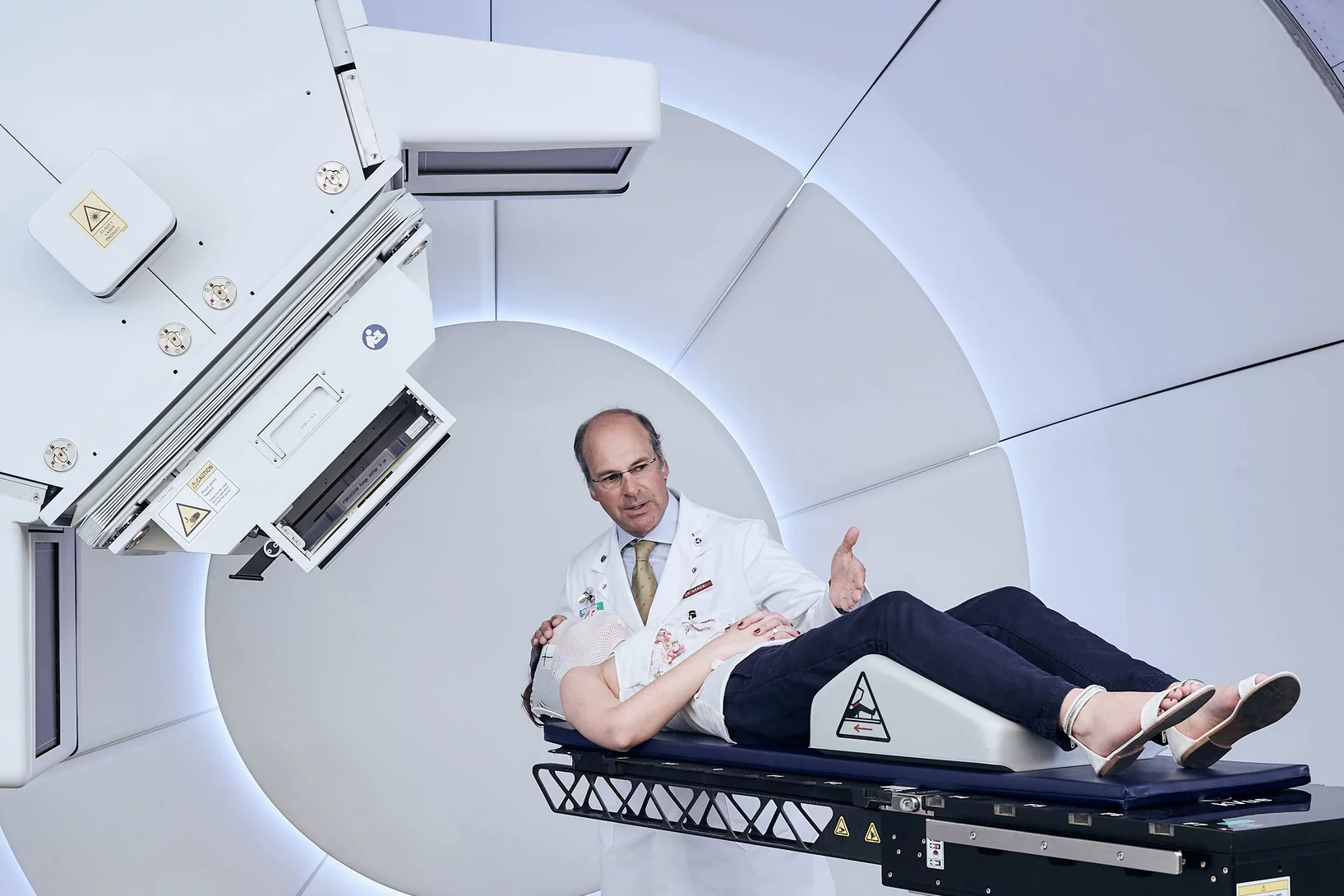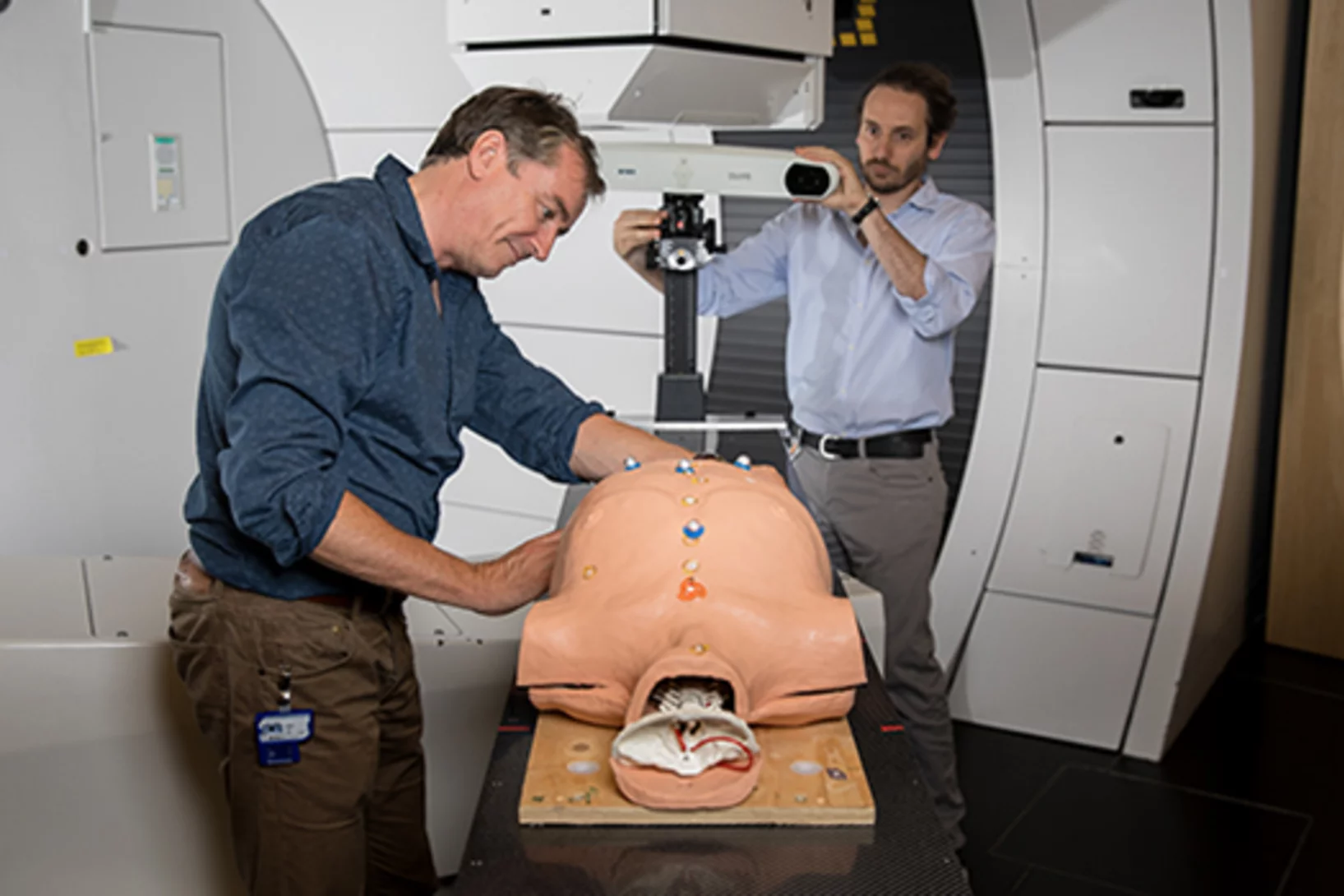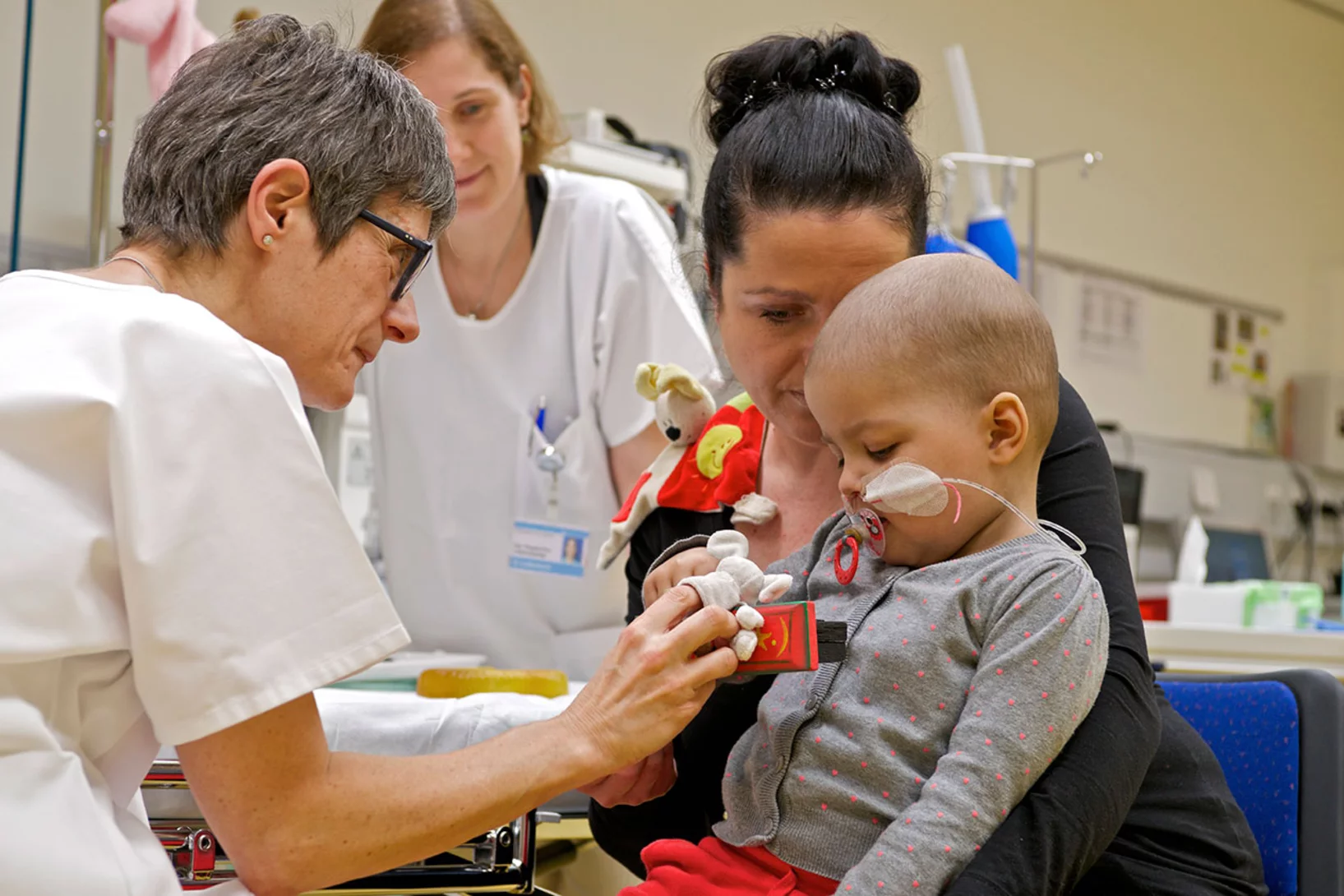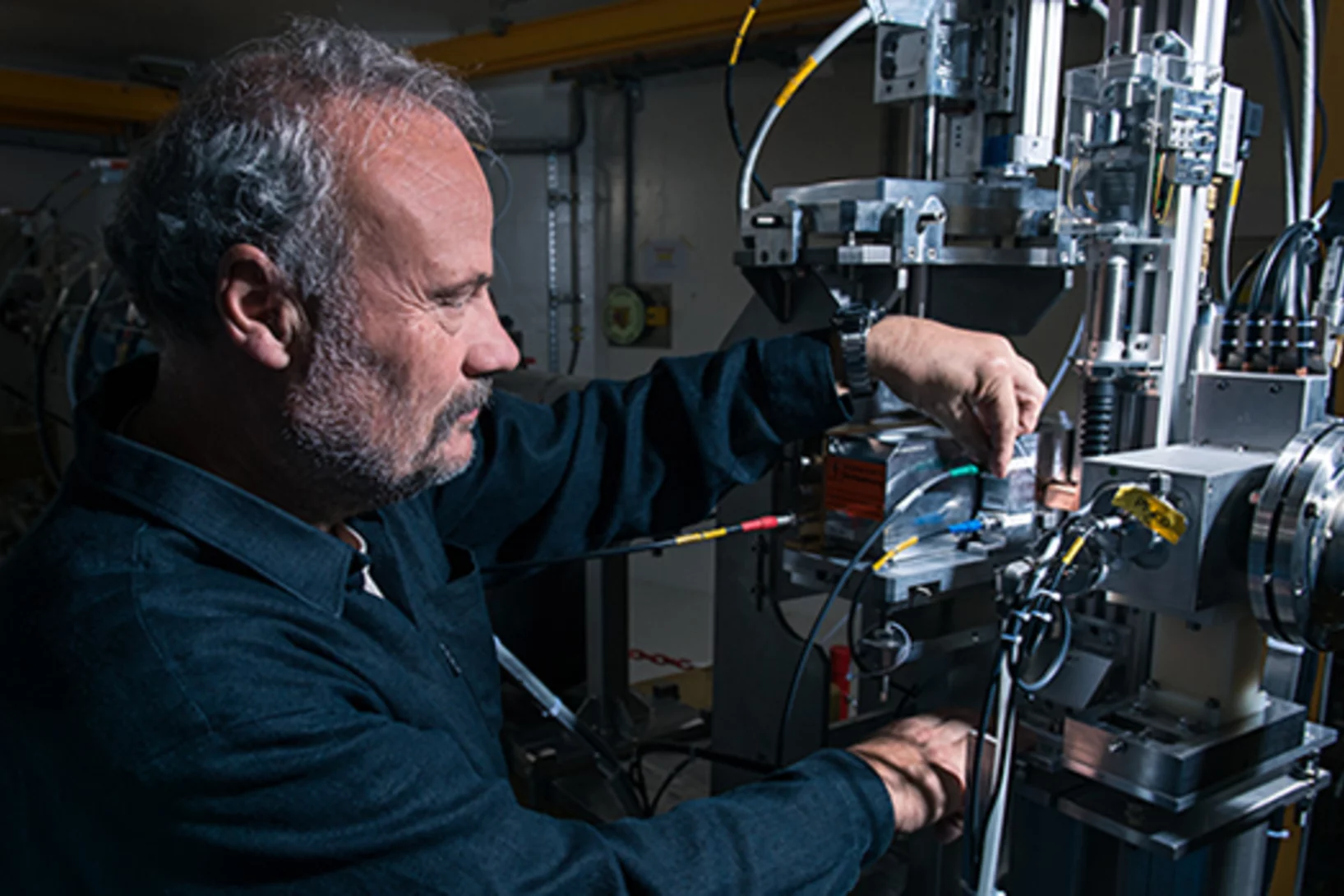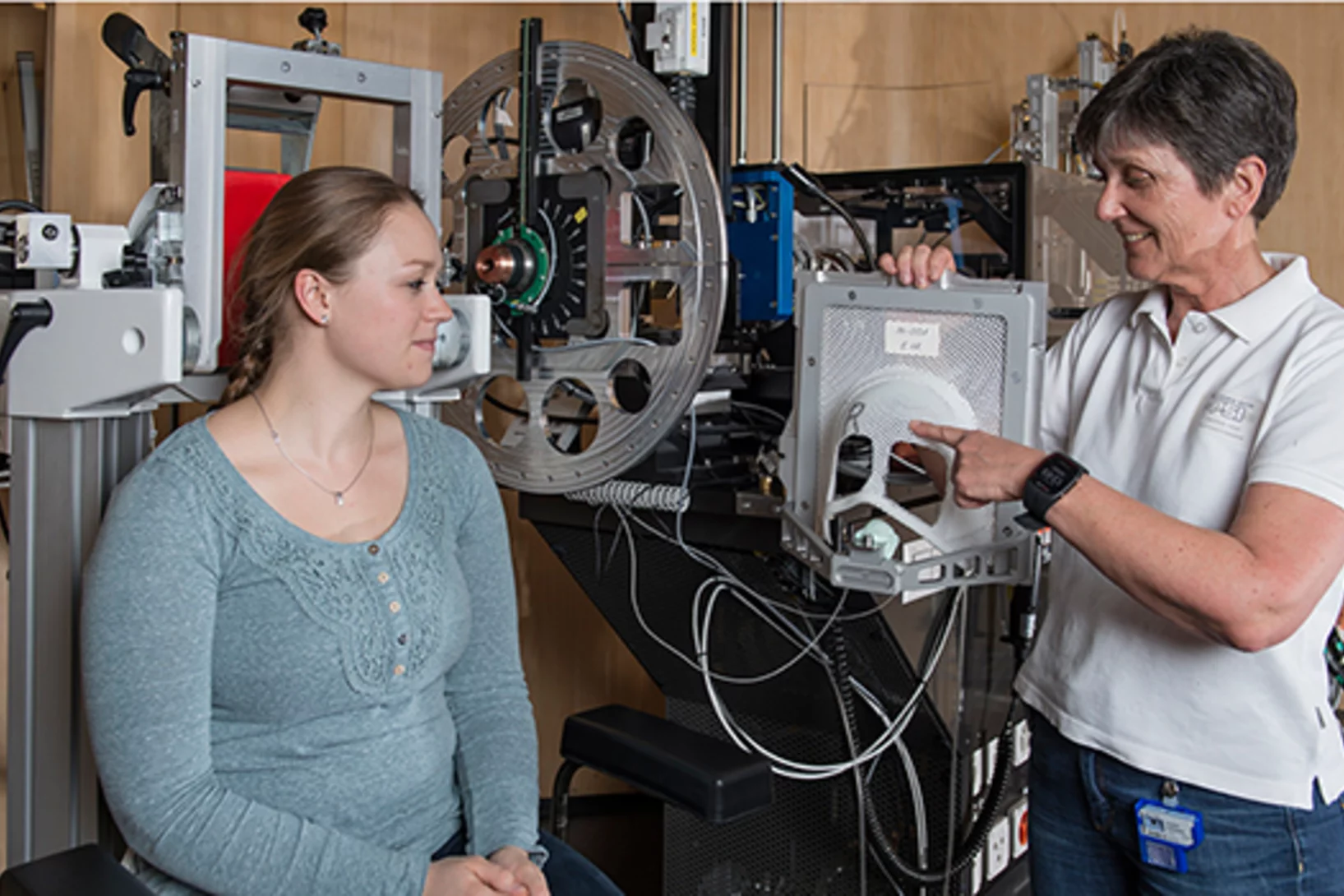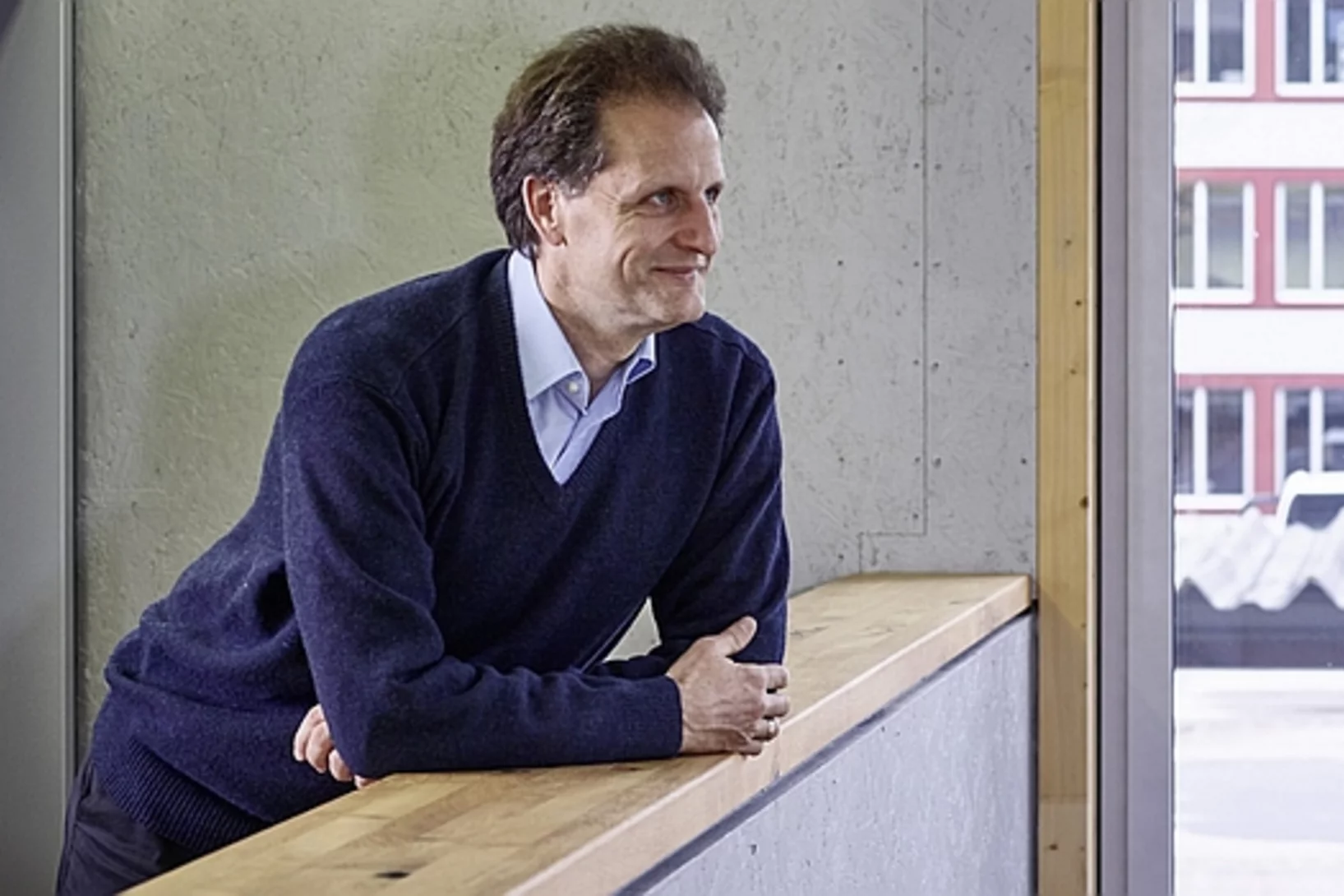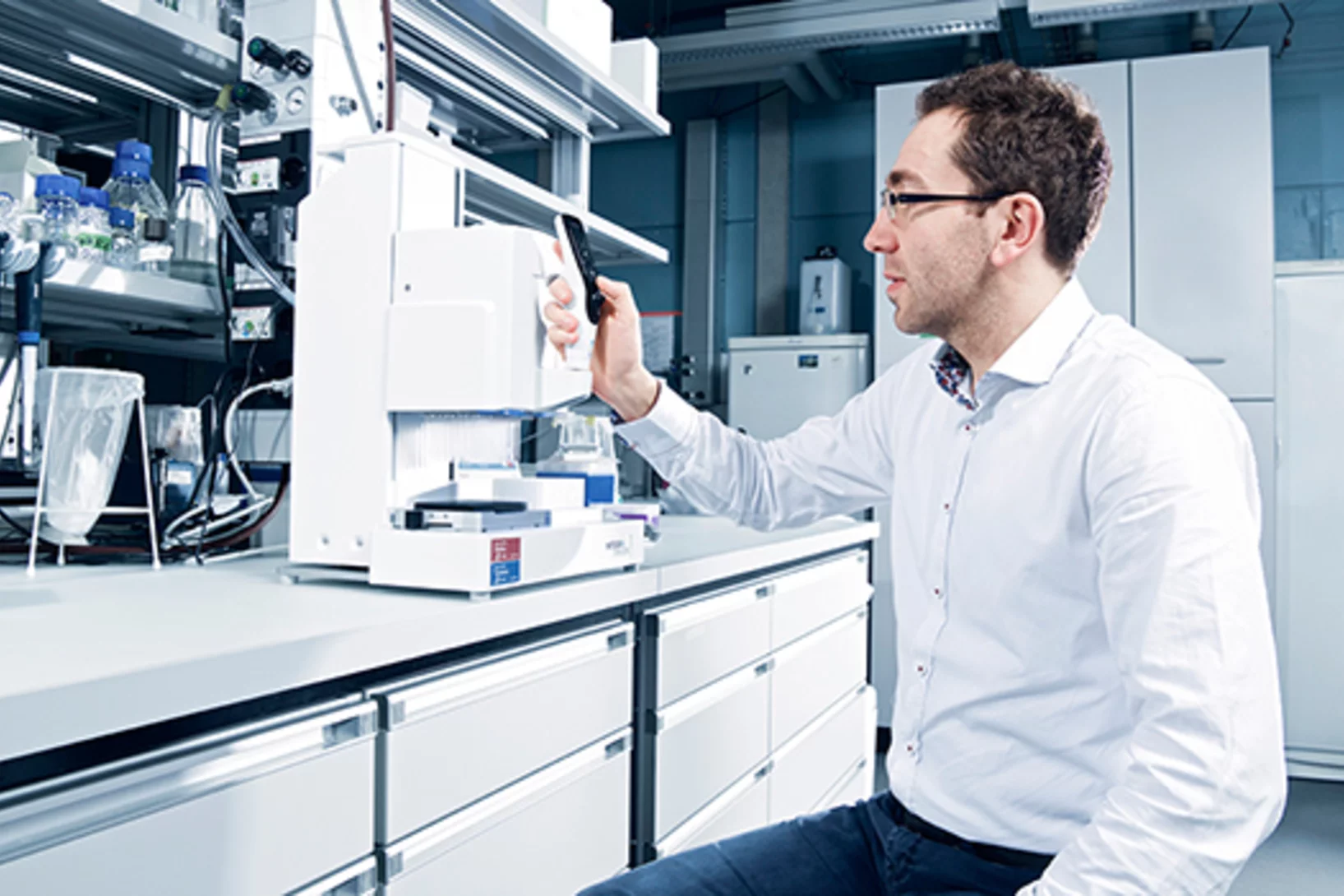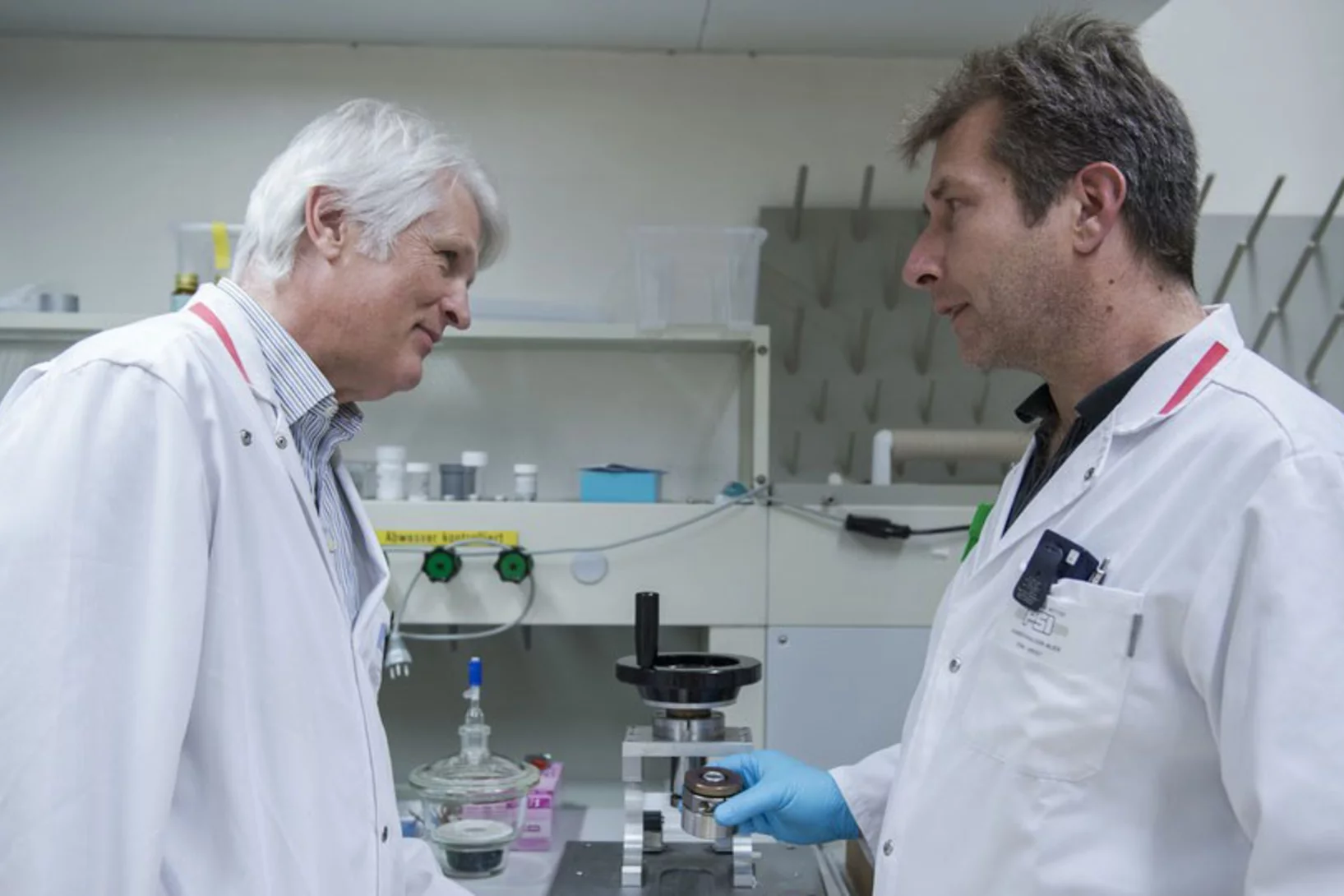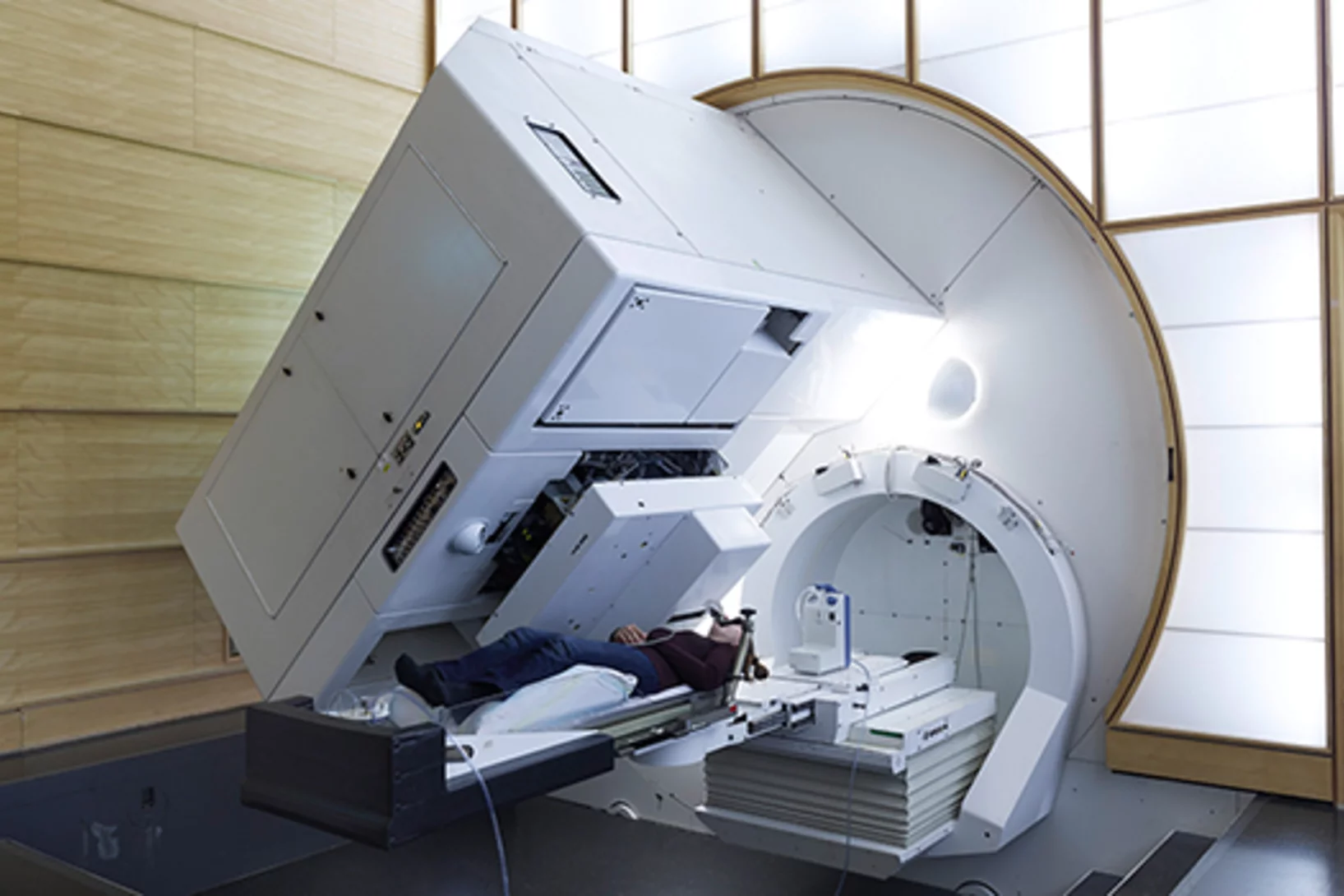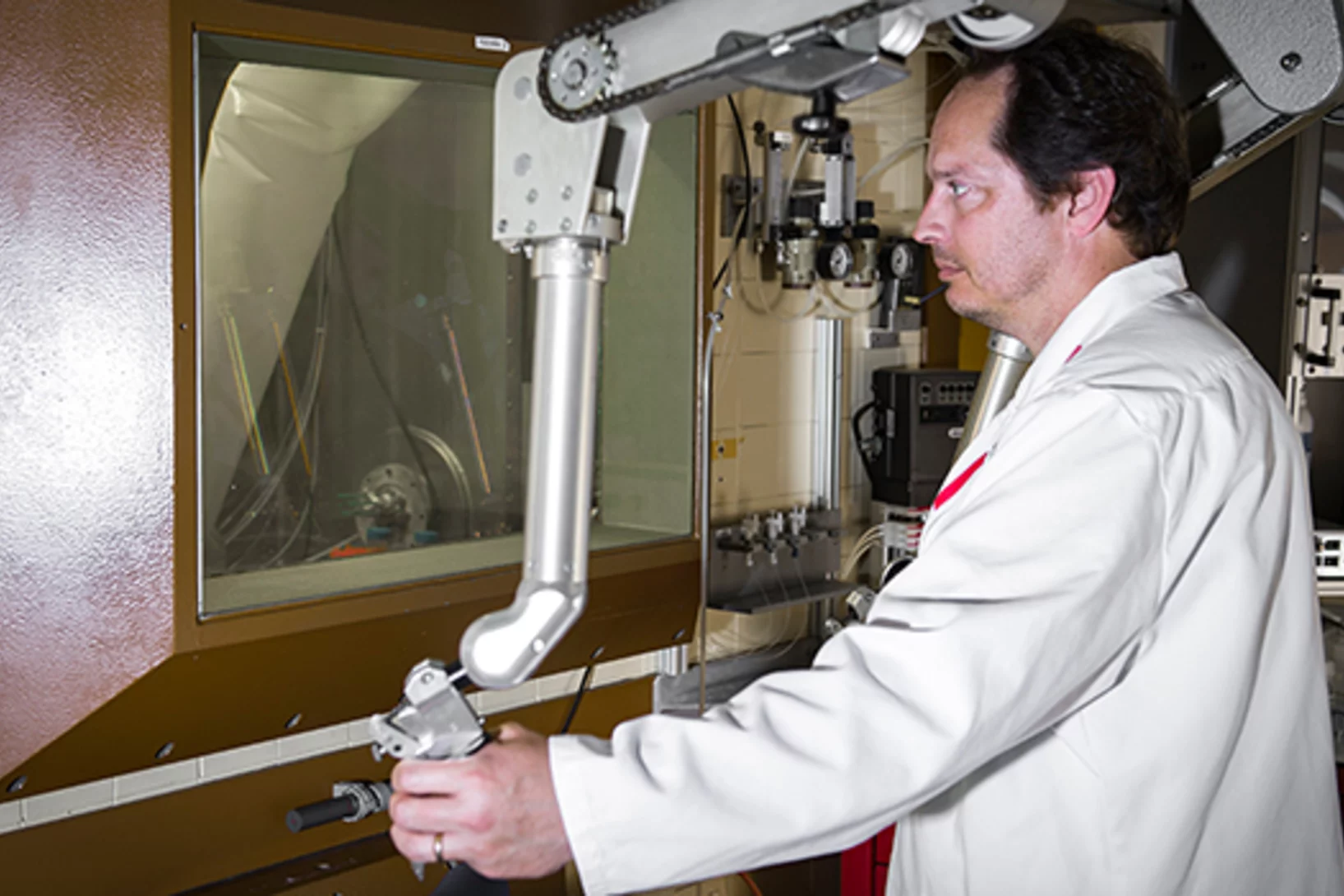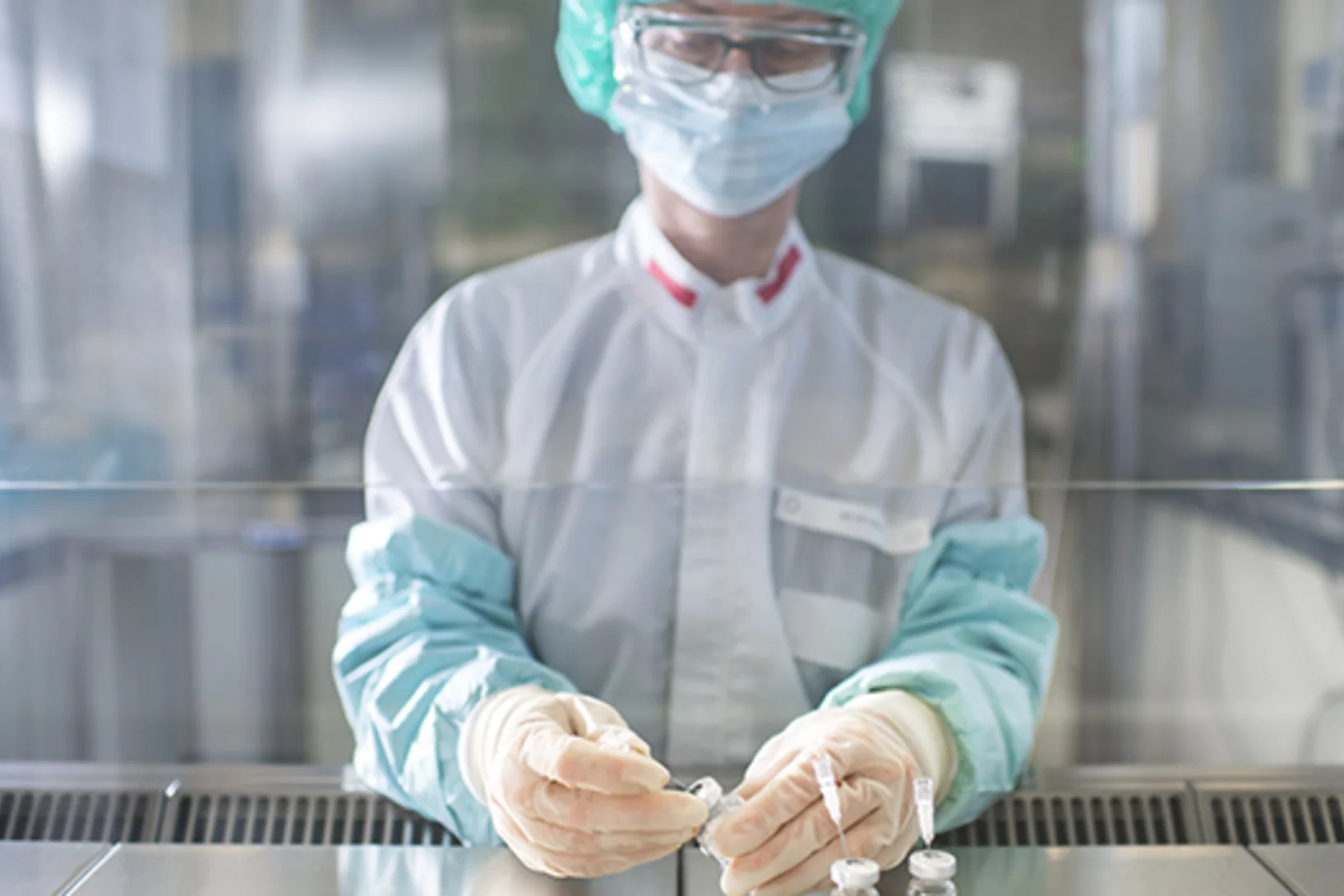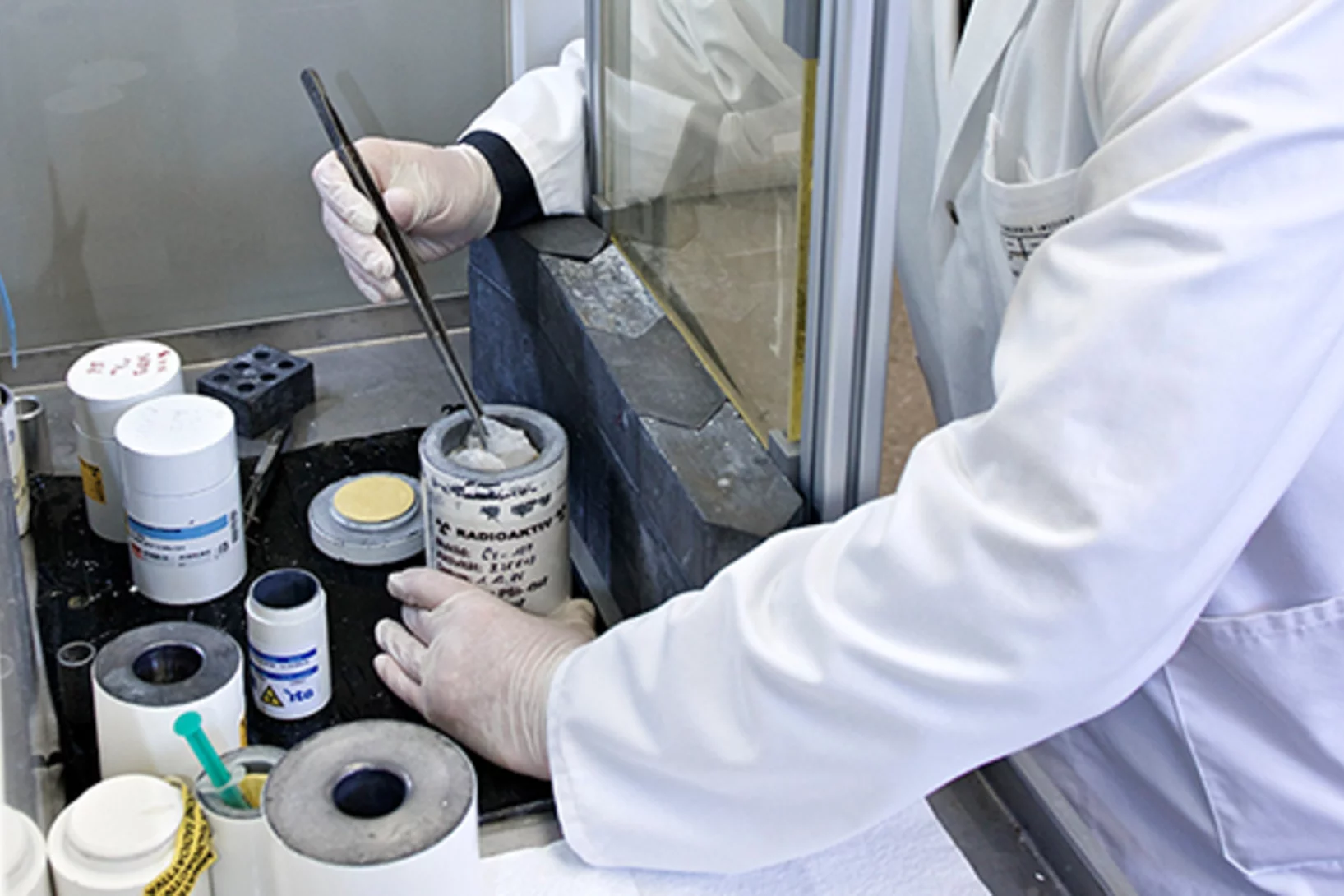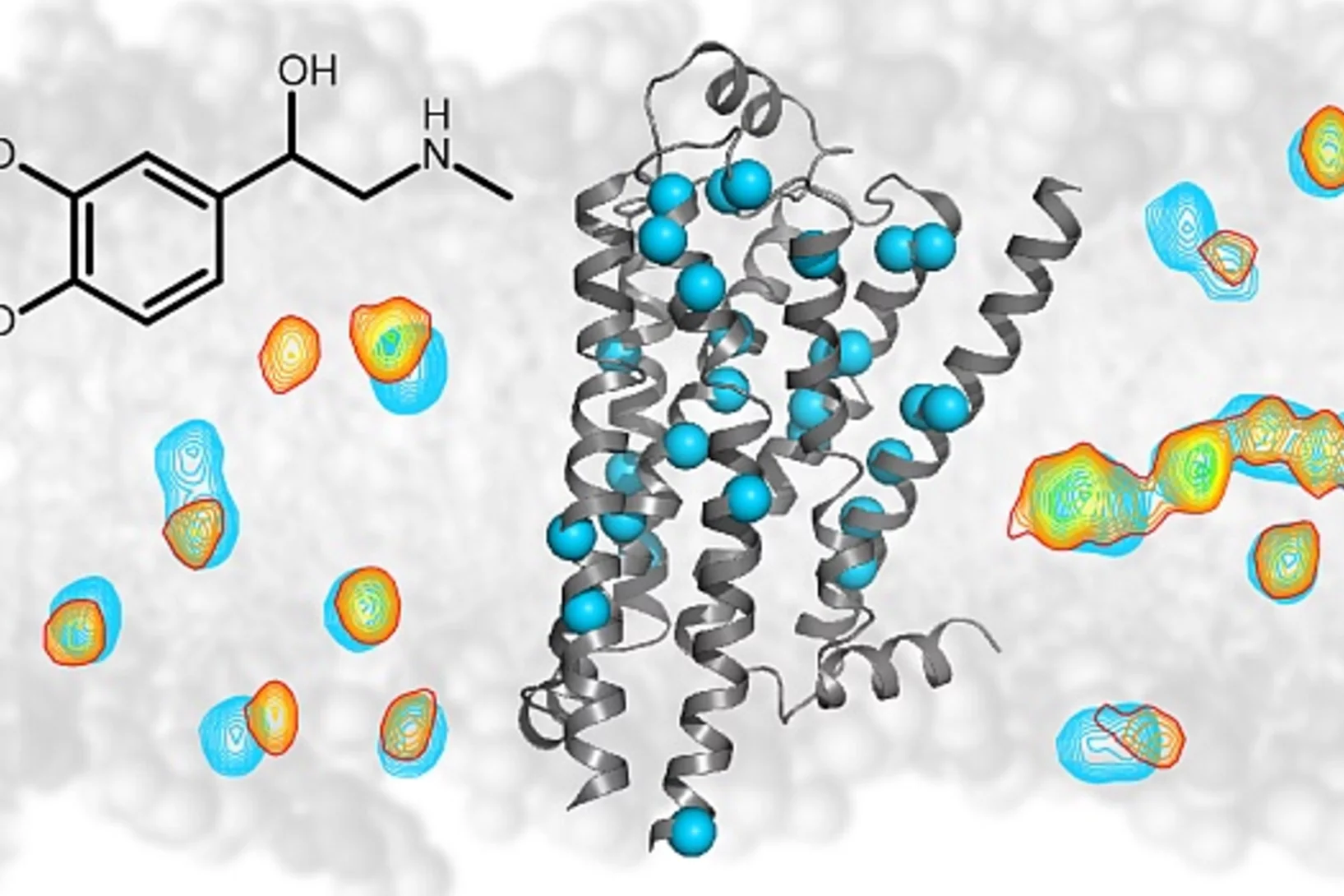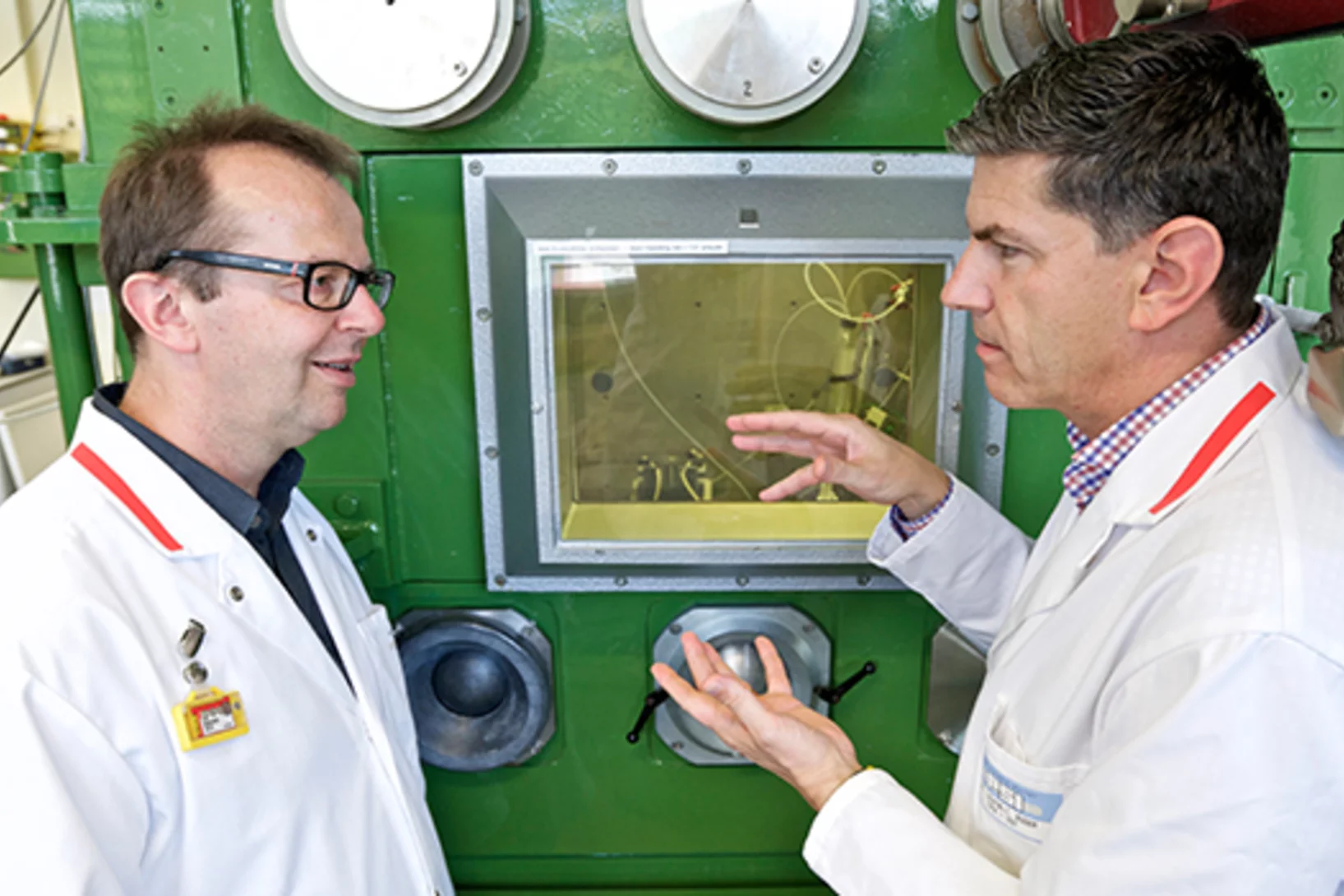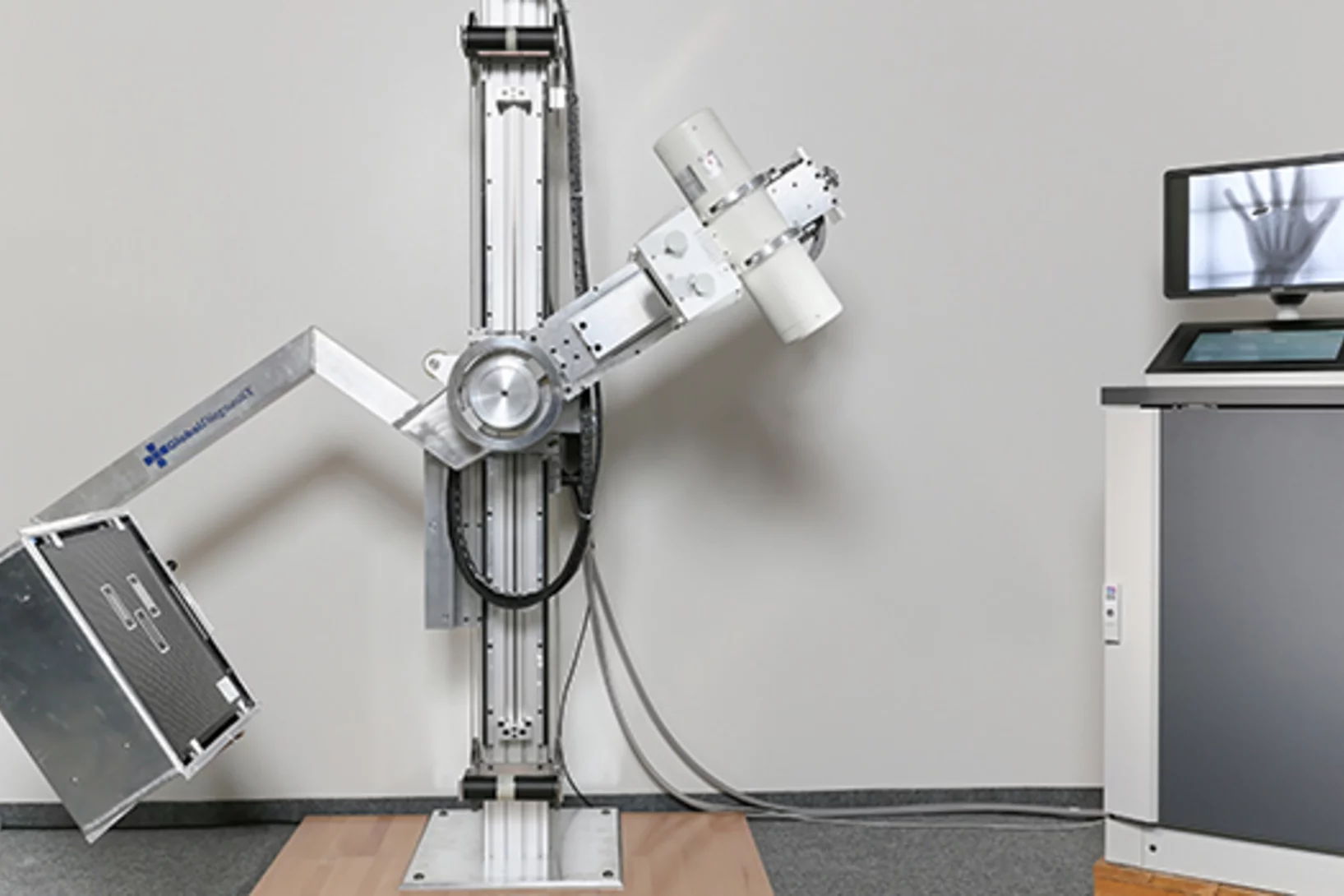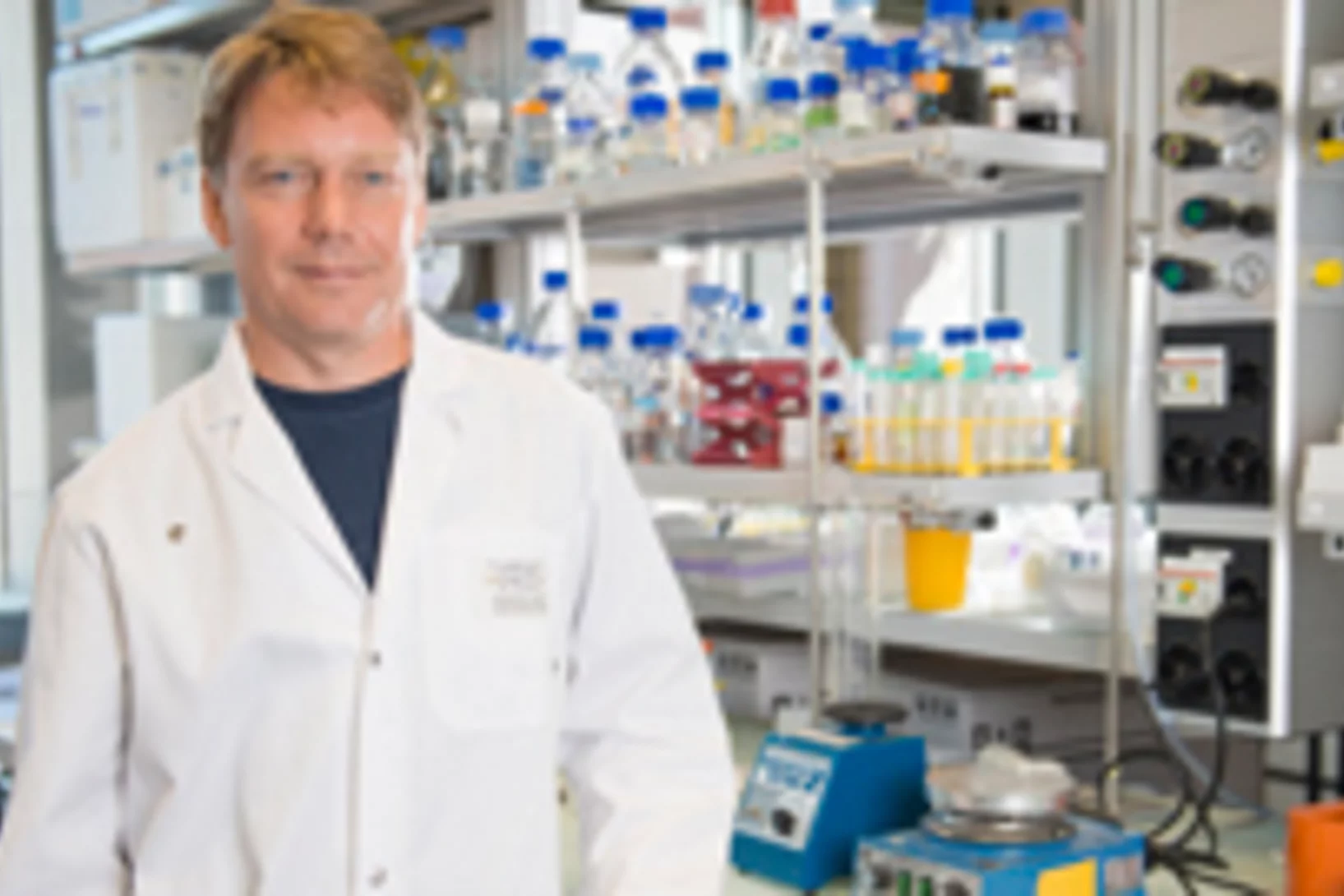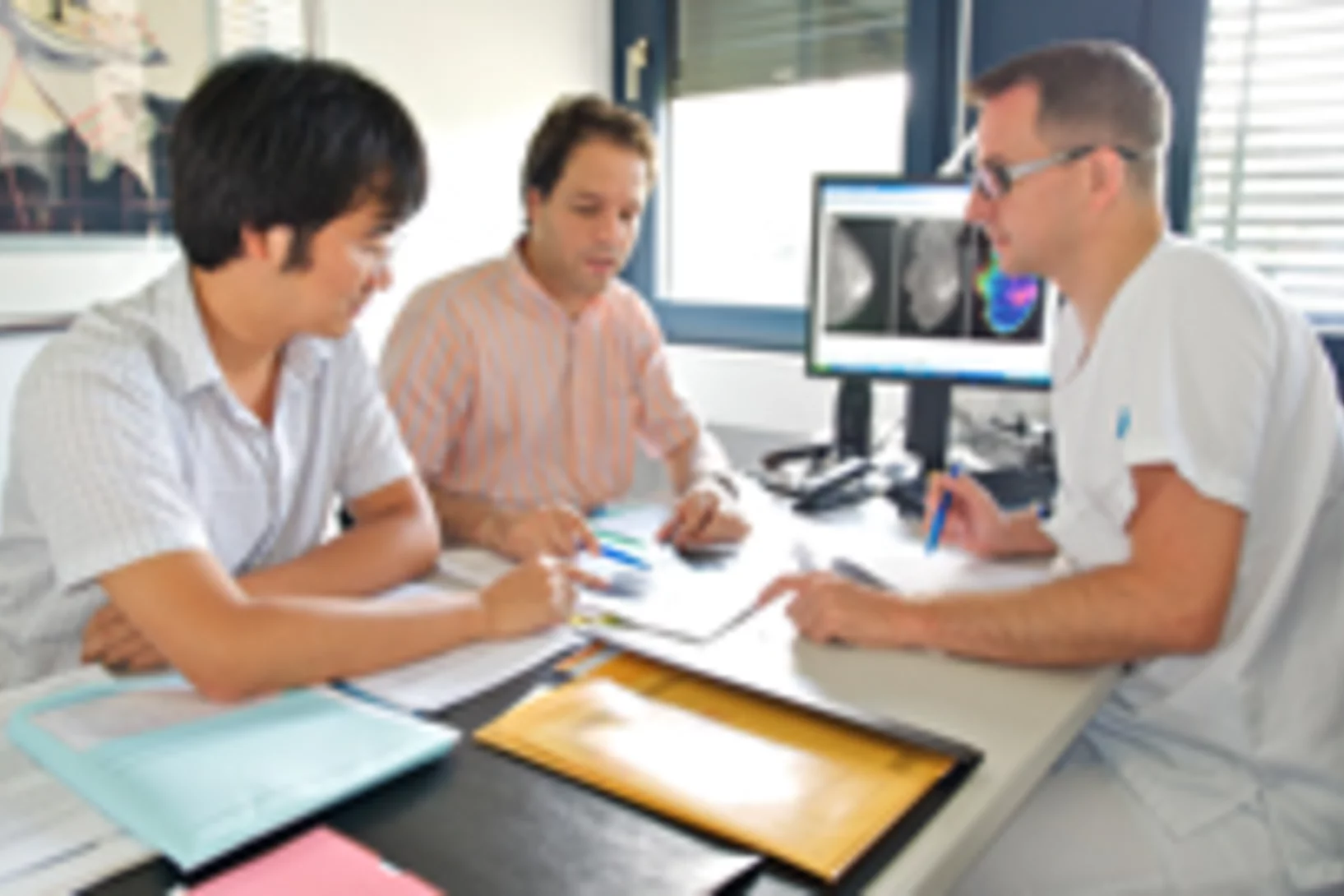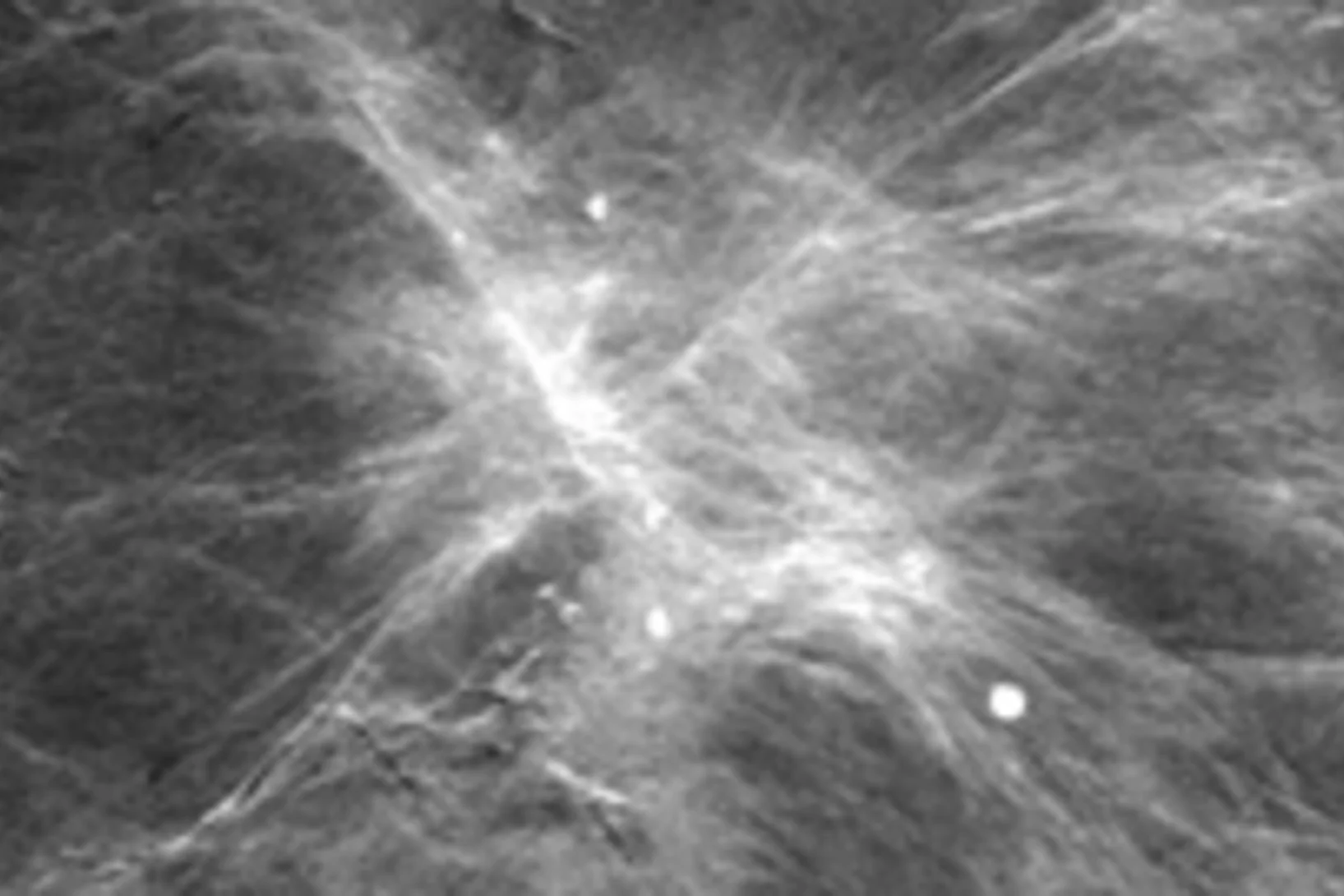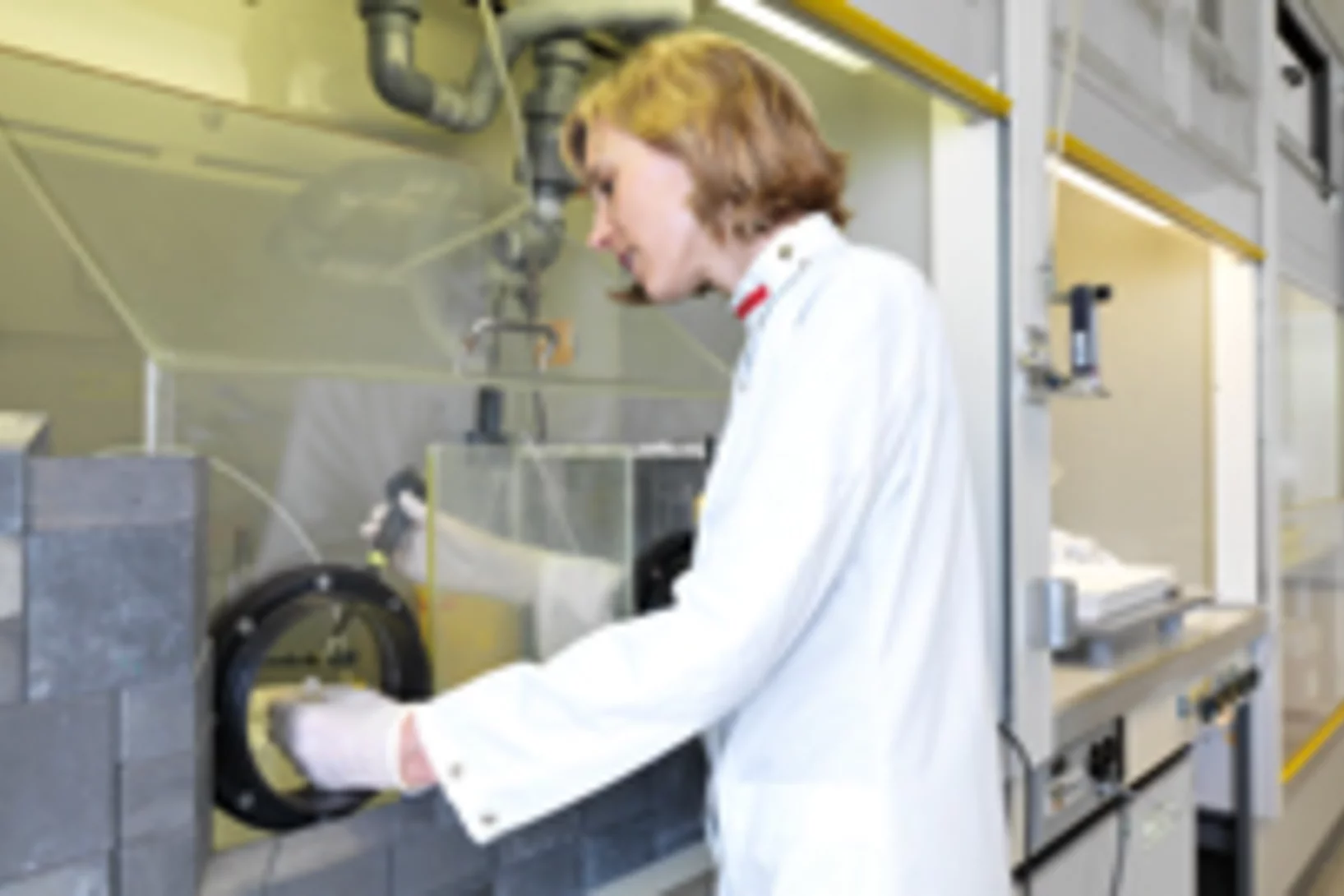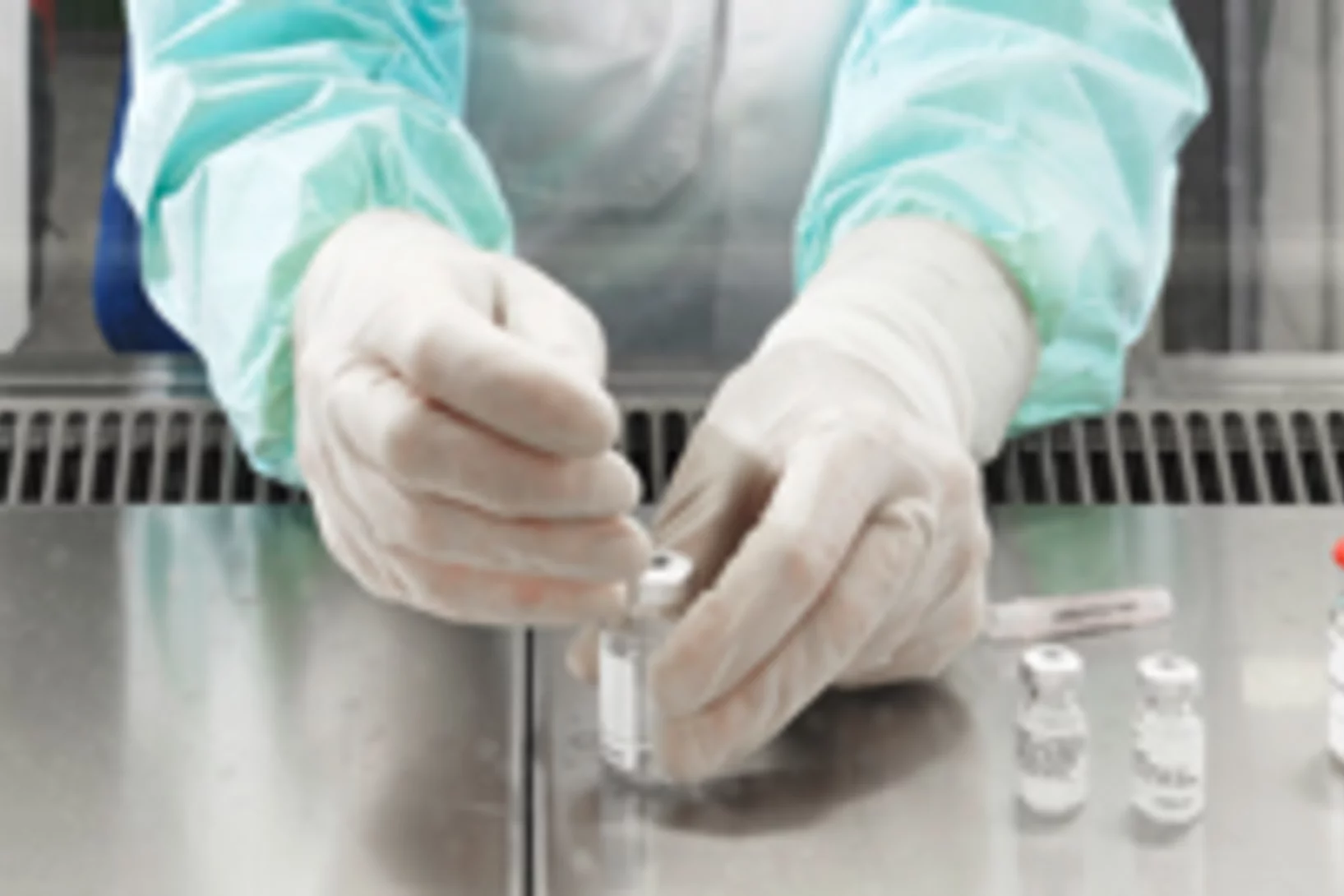How remdesivir works against the coronavirus
Researchers at Goethe University Frankfurt, in cooperation with the PSI have probably discovered another, previously unknown mechanism of action of the antiviral remdesivir.
"Ultimately, we aim to understand how diseases start in single cells"
Imaging and sequencing techniques combined with machine learning offer researchers countless opportunities to look inside cells with greater precision than ever before. G.V. Shivashankar, lab head at PSI, describes how such information can be used to find answers to pressing questions.
The role of aerosols in the Coronavirus pandemic
It now seems certain that Covid-19 can be transmitted via airborne particles. But how are these particles produced? How quickly can transmission occur and how can we protect ourselves? PSI aerosol researcher Urs Baltensperger summarises the most important facts on this issue.
Which particulate air pollution poses the greatest health risk?
The composition of particulate matter can influence its harmfulness to human health just as much as the amount, PSI researchers show in a newly published study. Experiments and computational modelling showed that in Europe high concentrations of particulate matter harmful to human health occur mainly in metropolitan areas.
Wait and see, and grow crystals
At PSI, researchers decipher the structure of the proteins in bacteria and viruses. This knowledge can aid, for example, in the development of drugs against infectious diseases. But before the investigation can begin, an extremely tricky problem has to be solved: the crystallisation of the molecules.
A protein's unexpected "doming"
Researchers have coaxed a secret out of the vital protein cytochrome c that it kept well-hidden up to now. Measurements at the X-ray free-electron laser SwissFEL reveal structural changes that science had previously ruled out for this kind of biomolecule.
More effective treatment of thyroid cancer
PSI researchers have found a more effective treatment for a form of thyroid cancer – and with fewer side effects – by increasing the uptake of the cancer drug in tumour cells. The results have been published in the medical journal Theranostics.
Mites in the spotlight
The world of microbes and viruses is extremely old and exceedingly diverse. With the large research facilities at PSI, researchers are peering deep inside this alien cosmos and investigating, above all, the proteins of these exotic beings.
New technique for ultrafast tumour therapy
For the first time, researchers at the Centre for Proton Therapy at PSI have tested ultrafast, high-dose irradiation with protons. The new, experimental FLASH technique could revolutionise radiation therapy for cancer.
Why Covid-19 hits older people especially hard
The older you are, the higher the risk of dying from a coronavirus infection. G. V. Shivashankar, a group leader at PSI and professor at ETH Zurich, now presents an unusual thesis in a publication in Nature Reviews: that the stiffness of cells might play a decisive role in the course of the disease. In this interview, he explains why.
«Every day counts in the battle against the virus»
The outbreak of the coronavirus pandemic has changed the way research is carried out at PSI but has not brought it to a standstill. Gabriel Aeppli, head of the Photon Science Division at PSI, talks about the exceptional threat that Covid-19 represents and how PSI researchers are studying this new virus at SLS, and possibly soon at SwissFEL as well.
Priority research continues
The Paul Scherrer Institute PSI is in limited operation due to the Covid-19 pandemic, and most employees are working from home in accordance with the Federal Council's specifications. Nevertheless, essential research facilities and projects continue to operate in accordance with all the necessary safety precautions.
"We want to understand how this virus works"
The Swiss Light Source SLS at PSI is still in operation despite the Covid-19 pandemic – and may be urgently needed, especially in these difficult times. Oliver Bunk, head of the Laboratory for Macromolecules and Bioimaging, explains why.
"Strategy and networking are enormously important"
Gebhard Schertler, head of the Biology and Chemistry Division at PSI and professor of structural biology at ETH Zurich, explains what research is being done on the coronavirus at PSI and why collaboration with researchers from other institutions plays such an important role in this.
Brilliant medicines
In the service of health, scientists at the Paul Scherrer Institute PSI work with radionuclides and develop agents to treat cancer and to detect tumours. Their research provides support to hospitals and is of great interest to Swiss industry.
Open fire on tumours
At the treatment stations of the Centre for Proton Therapy at PSI, tumours can be precisely irradiated from any direction. An interactive graphic explains how the protons get from the source to the body in order to trigger the elimination of tumour tissue.
"It's important to keep doing research"
Proton therapy is time-consuming and more costly than conventional radiation therapy, but its accuracy in targeting tumours is unsurpassed. An interview with Damien Weber, head of the Centre for Proton Therapy at PSI.
Cancer cells under attack
At PSI, cancer patients receive a therapy that is unique in Switzerland. Bombardment with protons wipes out cancer cells – and does so more precisely than with any other form of irradiation.
Preventing tumour metastasis
Researchers at the Paul Scherrer Institute PSI, together with colleagues from the pharmaceutical company F. Hoffmann-La Roche AG, have taken an important step towards the development of an active substance against the metastasis of certain cancers. Using the Swiss Light Source SLS, they deciphered the structure of a receptor that plays a crucial role in the migration of cancer cells.
Molecular scissors stabilise the cell's cytoskeleton
Researchers at the Paul Scherrer Institute PSI have an important part of the regulatory cycle that is involved in the formation and degradation of the cytoskeleton. Among other things, they have watched molecular scissors at work.
Bringing information into the cell
Researchers at the Paul Scherrer Institute PSI have elucidated an important part of a siganalling pathway that transmits information through the cell membrane into the interior of a cell. This exists in all mammals and plays an important role, among other things, in the regulation of the heartbeat. The new findings could lead to new therapies.
Children are her passion
At PSI, Beate Timmermann built up a programme providing proton therapy for children with cancer at the same time she was raising her own son. Today she is head of the Clinic for Particle Therapy at the West German Proton Therapy Centre in Essen (WPE) and is considered one of the most accomplished experts in this field.
Licence agreement with Swiss pharma firm for development of a cancer drug
A radioactive agent, developed at the Paul Scherrer Institute PSI to fight an especially malignant form of thyroid cancer, has the potential to become a blockbuster drug. Due to its structure, it might also be able to dock onto cells of other tumours and destroy them with its radiation. The Lausanne-based biopharmaceutical company Debiopharm wants to further develop the PSI agent to the point where it is approved as a drug. Debiopharm and PSI have now created the contractual basis for this.
A biotechnological revolution
Gebhard Schertler is head of the research division Biology and Chemistry at the Paul Scherrer Institute PSI and professor for Structural Biology at ETH Zurich. In this interview he talks about biological research at PSI and the future of drug development.
Opening: Advanced technology against cancer
With proton therapy, certain tumours can be irradiated with exceptional precision – while, the surrounding healthy tissue is optimally protected. In Switzerland, this kind of radiation therapy is only possible at PSI. In a joint project with the University Hospital Zurich and the University of Zurich, PSI has expanded its capacity with a state-of-the-art treatment facility: the new, 270-ton Gantry 3.
Testing the Limits for the Patients' Benefit
Proton therapy is already a success story at the Paul Scherrer Institute PSI but researchers remain dedicated to making treatment faster and safer.
Big help for small children
When small children develop cancer, the whole family is affected. Staff at the Paul Scherrer Institute PSI’s Centre for Proton Therapy combine target-oriented proton beam irradiation and a caring, warm-hearted atmosphere to help these children.
Getting a Handle on Safety
Proton beams don’t just cure cancer. They can also damage healthy tissue. To make sure that this doesn’t happen, PSI’s Centre for Proton Therapy carries out over 350 safety tests a year. The results speak for themselves: several thousand patients have undergone proton irradiation treatment here in Villigen. There’s never been an accident.
Rays of hope for patients
For over 30 years, patients with a particular form of ocular tumour have been treated at PSI by means of proton irradiation. The tiny particles hit their target with millimetre precision, without endangering other structures of the eye. The irradiation facility OPTIS, developed at the PSI Center for Proton Therapy of the PSI, is a success story, considering that for more than 90 percent of the patients treated to date, the eye could be saved.
In start-up companies, getting it done is a matter of survival
A pharmaceuticals manager at Roche for a long time, now he is the founder of a biotech firm on the campus of the Paul Scherrer Institute PSI: Michael Hennig knows the trends in the medical sector. In this interview he explains why the medicine of the future needs the innovation power of publicly funded research, and why he chose to locate his start-up leadXpro so close to PSI.
In cold water
Martin Ostermaier wanted to break out of the comfort zone of science. Now, instead of pipettes, the biochemist is dealing with investors and patent law.
Added value for cancer patients
At the Paul Scherrer Institute PSI, cancer patients receive a treatment that is unique in Switzerland: proton therapy. This state-of-the-art form of radiation therapy against cancer has major advantages, compared to conventional irradiation, in terms of effectiveness and side-effects. The PSI has its own Center for Proton Therapy dedicated to this special treatment. Its pioneering work has not only helped several thousand patients, but also has fundamentally changed proton therapy worldwide.
In the focus of the protons
At the PSI, researchers work with radioactivity every day in order to develop advanced treatment methods for patients. Naturally, they take special safety precautions working with a material that decays. It's a race against time. To make sure everything functions smoothly, a dedicated work group takes care of the infrastructure.
Back to life
Doctors had discovered, behind Gabi Meier’s right eye, a tumour that surrounded the optic nerve. Only at the PSI was there still one possibility to treat the tumour in such a way as to preserve neighbouring structures and the eye. A few months after the proton treatment was over, I realised that I could see more and more, she said in an interview. “Just dimly, it’s true, but I could see! That was sensational!”
20 years of high-precision combat against cancer
On 25.11.1996, at the Paul Scherrer Institute PSI, the world’s first cancer patient was treated with a new irradiation method: the so-called spot-scanning technique for proton beams. What’s special about it: The beam has its effect only at the depth where the tumour is located; healthy tissue above and below it is preserved. The method, developed by PSI researchers, was a breakthrough at the time and quickly became a successful product.
Designer nuclide for medical applications
Researchers at the PSI have for the first time used a cyclotron to produce the radionuclide scandium-44 in a quantity and concentration as needed for medical treatment. With that, they have achieved the first precondition for scandium-44 to be used one day for medical tests in hospitals.
Hitting cancer from the inside
Researchers at the Paul Scherrer Institute PSI are now investigating a new method to channel radioactive substances directly into the nucleus of a cancer cell. Through this approach, the radiation source remains inside the cell and works in a more targeted way, because it gets closer to the cell's genetic information.
Medicines made to order with pinpoint precision
At PSI, scientists are developing new medicines against cancer. These contain radioactive substances that can be injected into the patients and thus make their way to the tumour. There, in direct contact, their radiation should destroy the cancer cells. Before such a radioactive medicine can be tested on patients in the first clinical trials, however, its safety must be guaranteed to ensure that the patient will not be harmed. Therefore every agent is produced at the PSI under sterile conditions and tested – separately for each patient, and only on the doctor's order.
Developing a new drug against thyroid cancer
Researchers at the Paul Scherrer Institute PSI have developed a drug to trace and treat a particularly malignant strain of thyroid cancer more effectively. One advantage of the new drug is that it can be used to treat a strain of thyroid cancer where the established treatment is ineffective. The researchers at PSI have developed the new drug to such an extent that an initial study conducted on cancer patients at the University Hospital Basel can now get underway.
Probing what sets the heart racing
New insights into the workings of important drug receptorsMany medical drugs operate on specific receptors located in the outer walls of our body’s cells. One of these is called the beta-1 adrenergic receptor. Among other things, it is responsible for palpitation, the racing pulse that we feel with stage fright or infatuation. How it transmits signals to the cellular interior can now be revealed in detail. These findings could help scientists better understand many drugs' mode of action.
Targeting cancer
There are tumours where nothing seems to help: not chemotherapy, not external radiation therapy, not an operation. Often, they have already metastasised and can no longer be destroyed using conventional methods. The only option left here is internal radiotherapy with targeted radioactive drugs that strike directly at the heart of the disease. In order to make this possible, twenty specialists have been conducting research at the Centre for Radiopharmaceutical Sciences at the Paul Scherrer Institute PSI, a joint facility of PSI, ETH Zurich and the University Hospital Zurich.
Robust X-ray machine for developing countries
The Paul Scherrer Institute PSI is involved in a project conducted by several research institutes (spearheaded by EPFL) to devise an X-ray machine especially for developing countries. The device should be able to cope with tropical climes and be easy and cheap to repair. PSI researchers are focusing on producing a cost-effective detector that is necessary for the imaging. The detector registers the X-ray light much like a chip in a digital camera.
New details of the transmission of stimuli in living organisms unveiled
Researchers unveil new details of how cells in a living organism process stimuli. So-called G-proteins, which help conduct external stimuli that reach a cell into its interior, play a central role here. For the first time, the study shows which parts of the G-proteins are vital for their function. Researchers from the Paul Scherrer Institute PSI, ETH Zurich, the pharmaceutical company Roche and the British MRC Laboratory of Molecular Biology report their results in the journals Nature and Nature Structural and Molecular Biology.
Fighting tumours with protons
Interview with Damien Charles WeberDamien Charles Weber has been the head and chief physician of the Centre for Proton Therapy, the only centre of its kind in Switzerland, since 2013. In this interview, he talks about the successes of proton therapy in cancer treatment and the objectives for the next few years in this field.
Phase contrast improves mammography
Phase contrast X-ray imaging has enabled researchers at ETH Zurich, the Paul Scherrer Institute (PSI) and the Kantonsspital Baden to perform mammographic imaging that allows greater precision in the assessment of breast cancer and its precursors. The technique could improve biopsy diagnostics and follow-up.
A promising new method for the diagnosis of breast cancer
A new mammography procedure that could generate substantial added value for the diagnosis of breast cancer in medical practice has just been published in the scientific journal Investigative Radiology. The method was developed at PSI in cooperation with the Certified Breast Centre at the Kantonsspital (cantonal hospital in) Baden and Philips as an industrial partner and is making the tiniest tissue changes visible. This has the potential to improve the early detection of breast cancer. Further studies in women suffering from breast cancer are to prove in a definitive manner the added value of the method.
Vitamins join fight against cancer
Cristina Müller, from the Center of Radiopharmaceutical Sciences at Paul Scherrer Institute (PSI), is researching a cancer therapy with radioactively labelled folate compounds. These enter the tumour cell unimpeded like a Trojan horse which is then killed as a consequence of emitted particle-radiation she explains.
Pancreas: new procedure detects tumours more efficiently
Better than CT and MRI: researchers at the Inselspital Berne, the University Hospital Basel and the Paul Scherrer Institute have devised a new method to detect small tumours in the pancreas.



